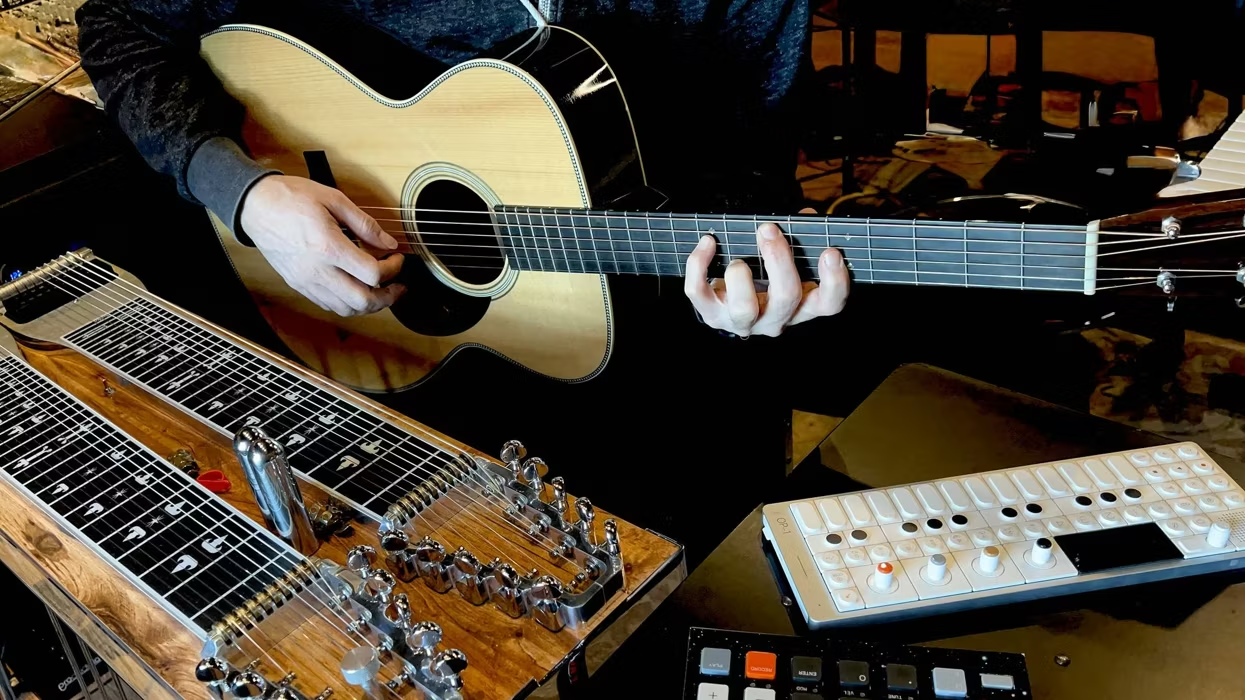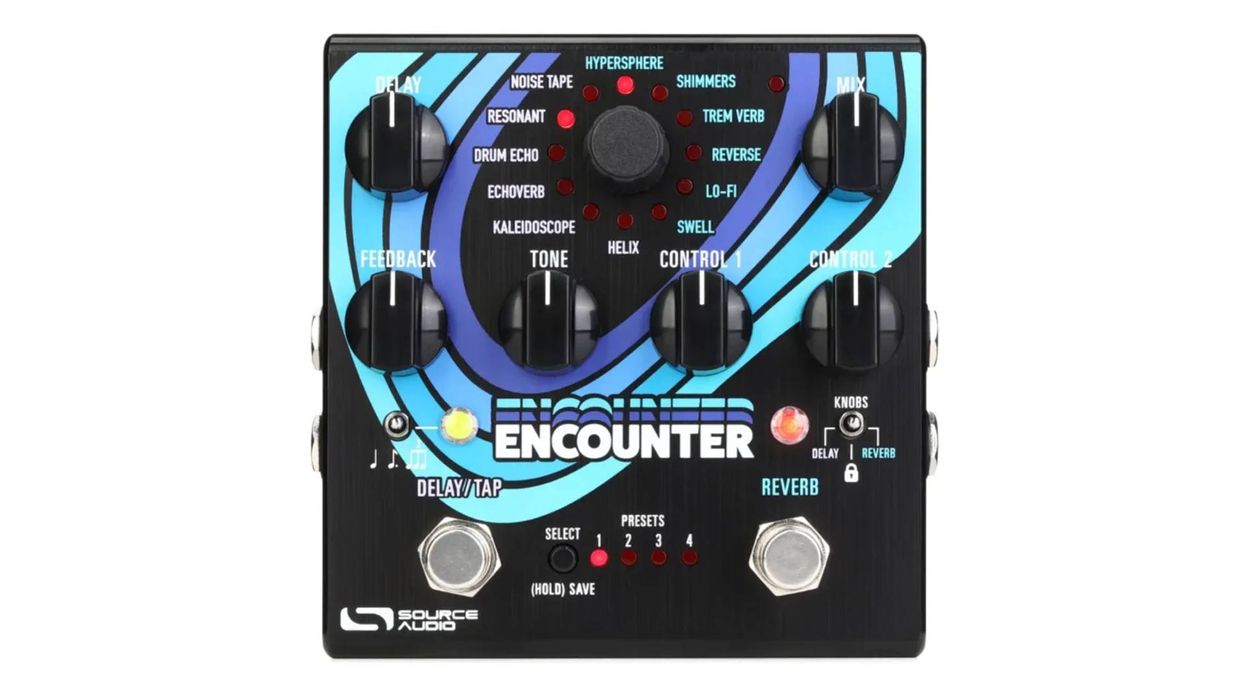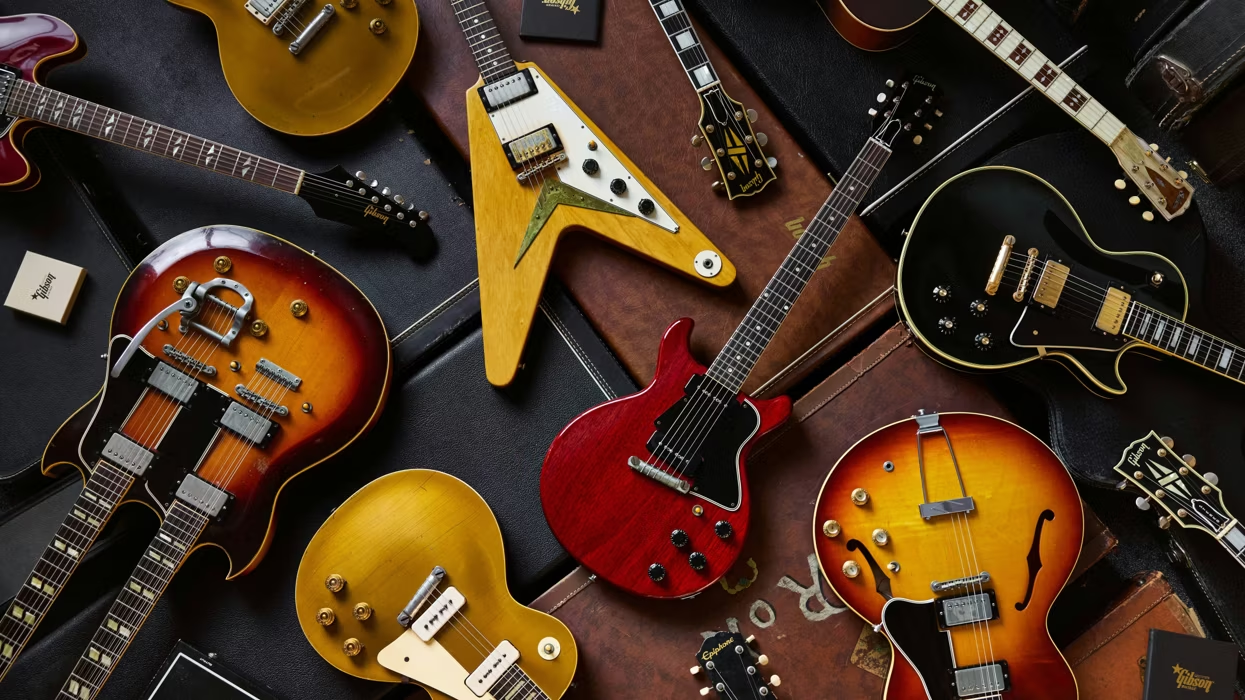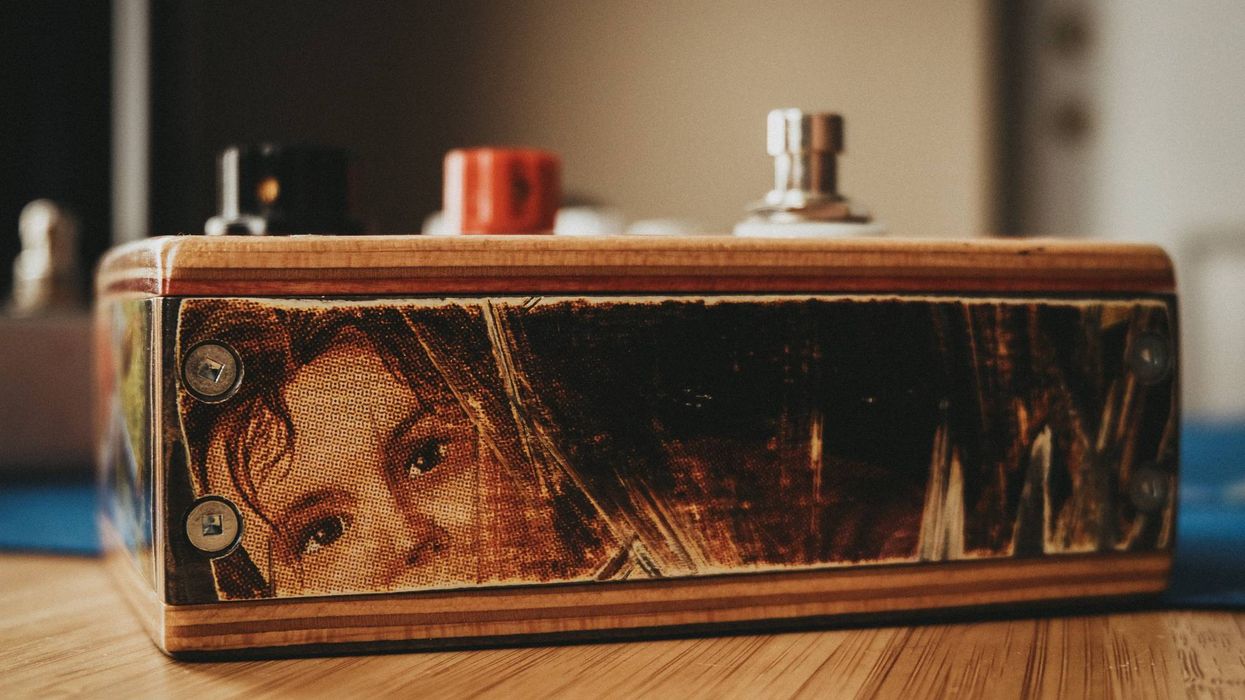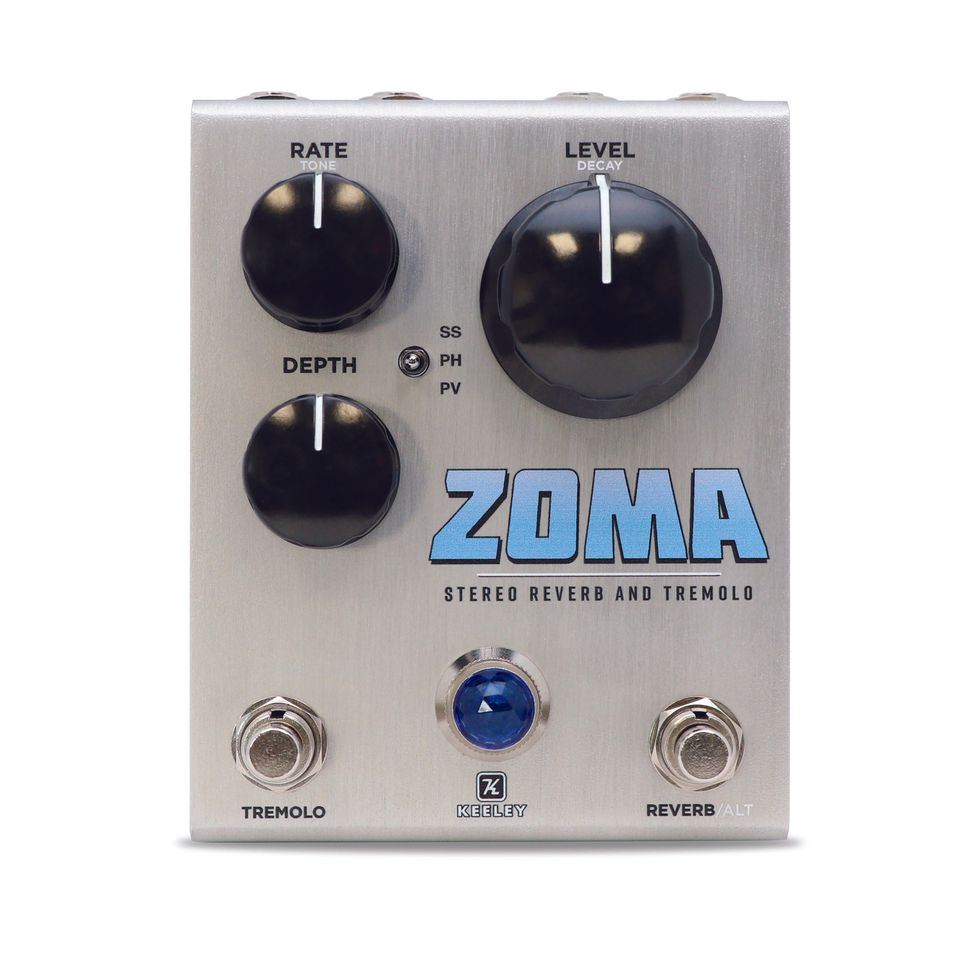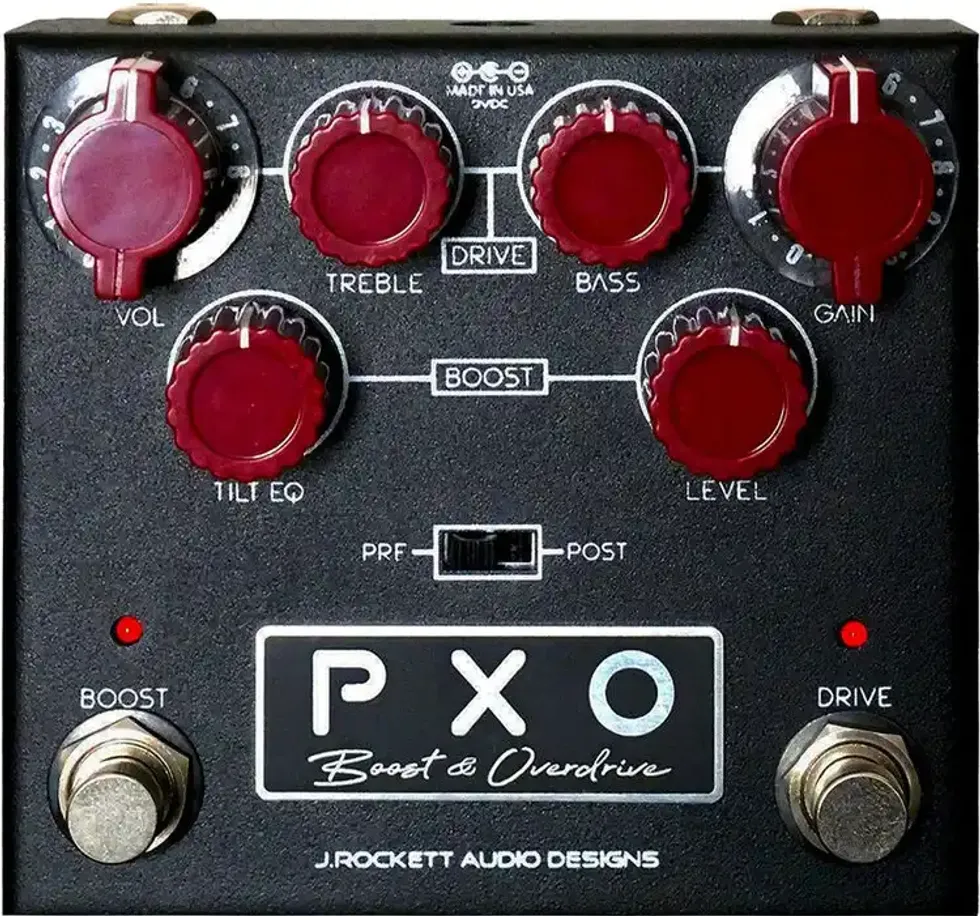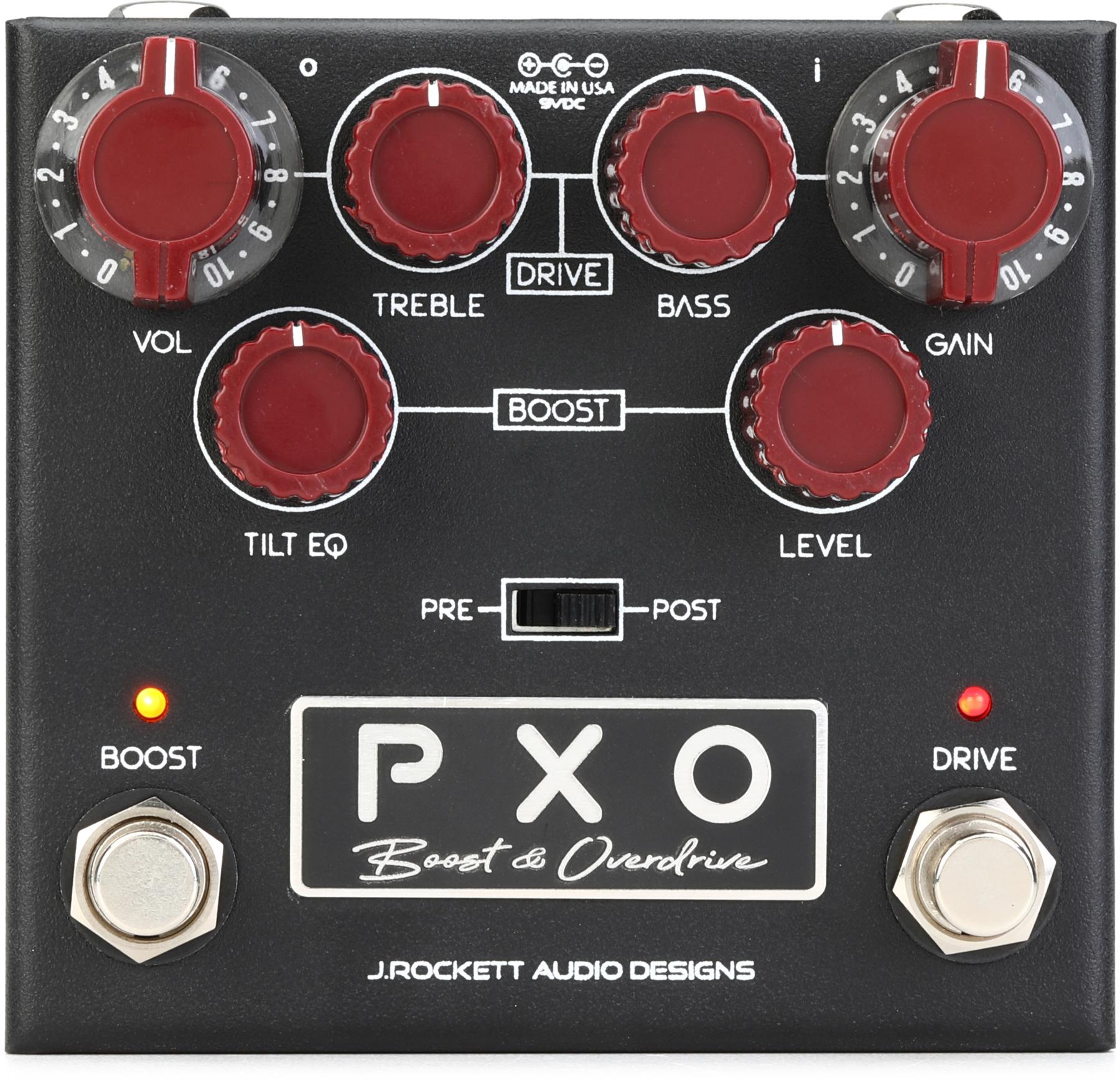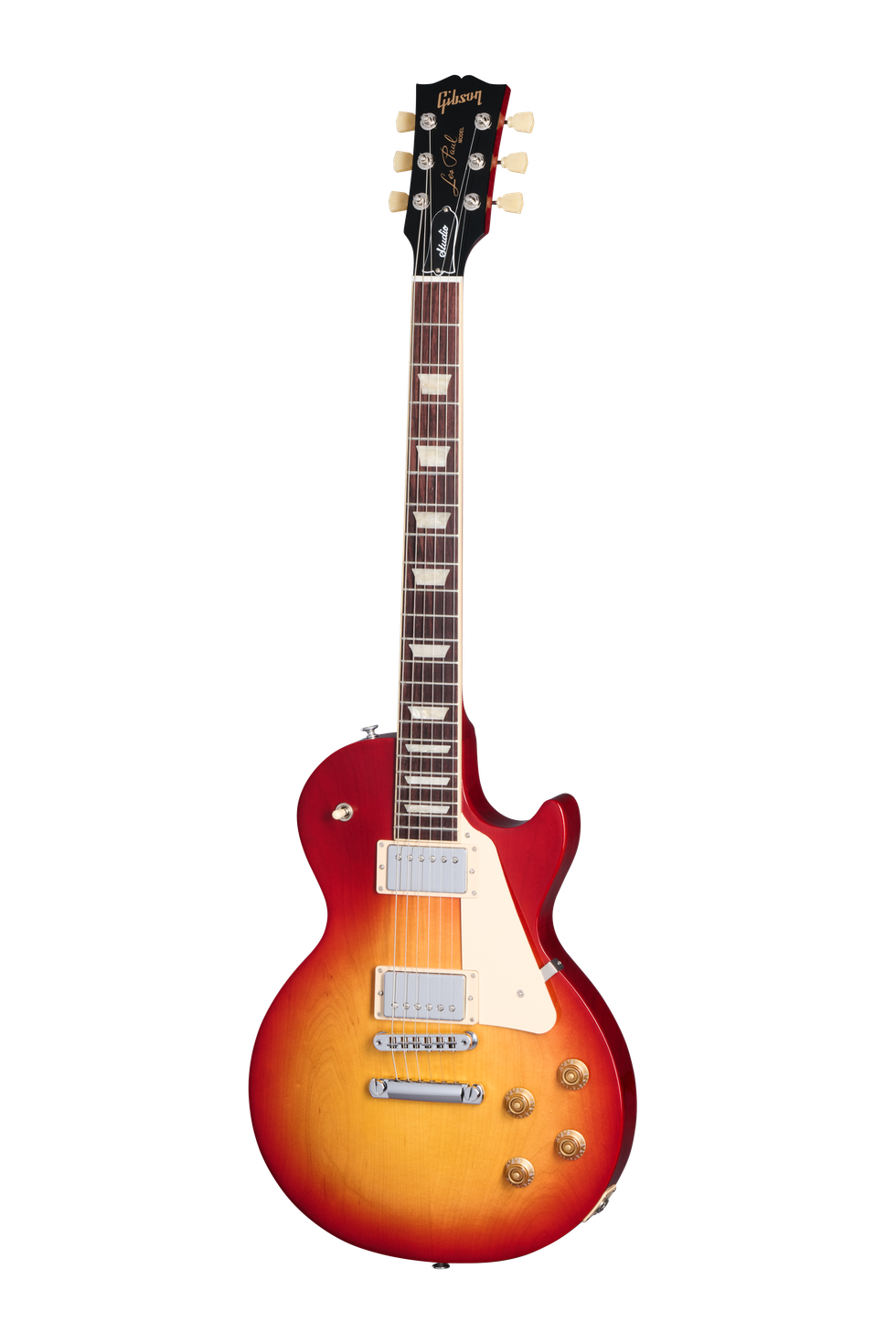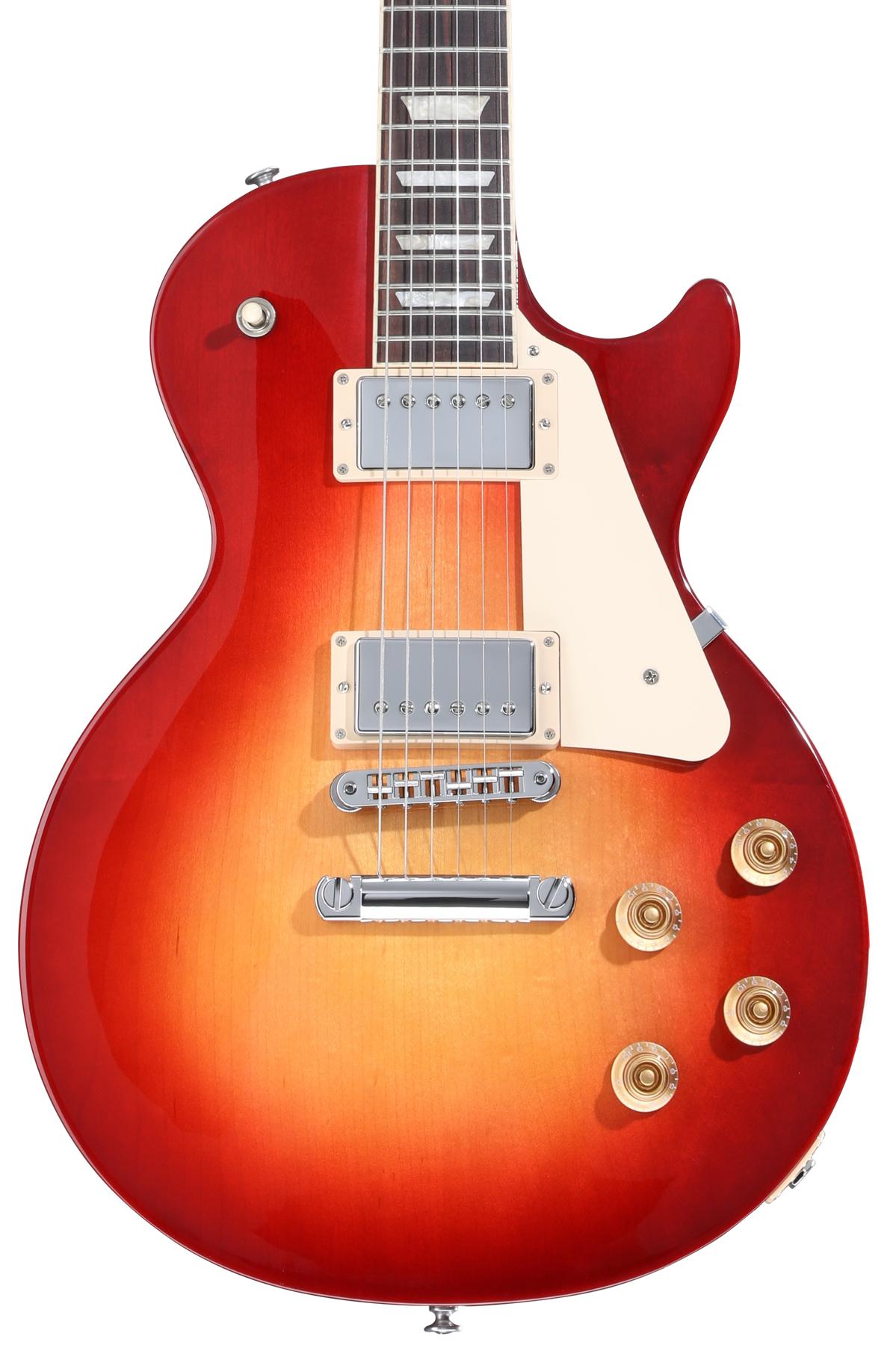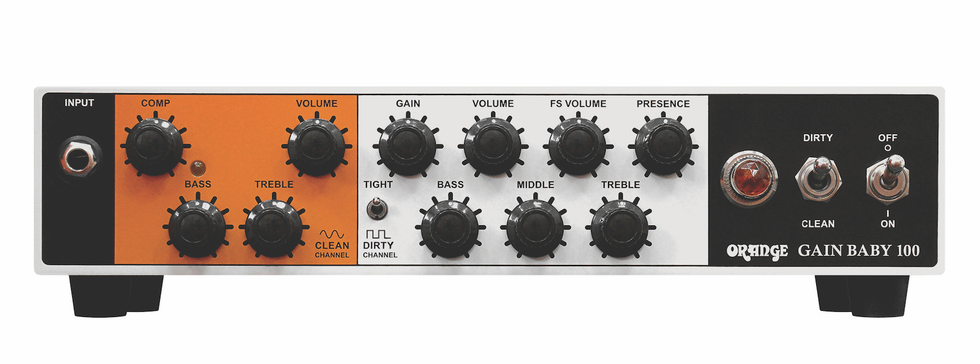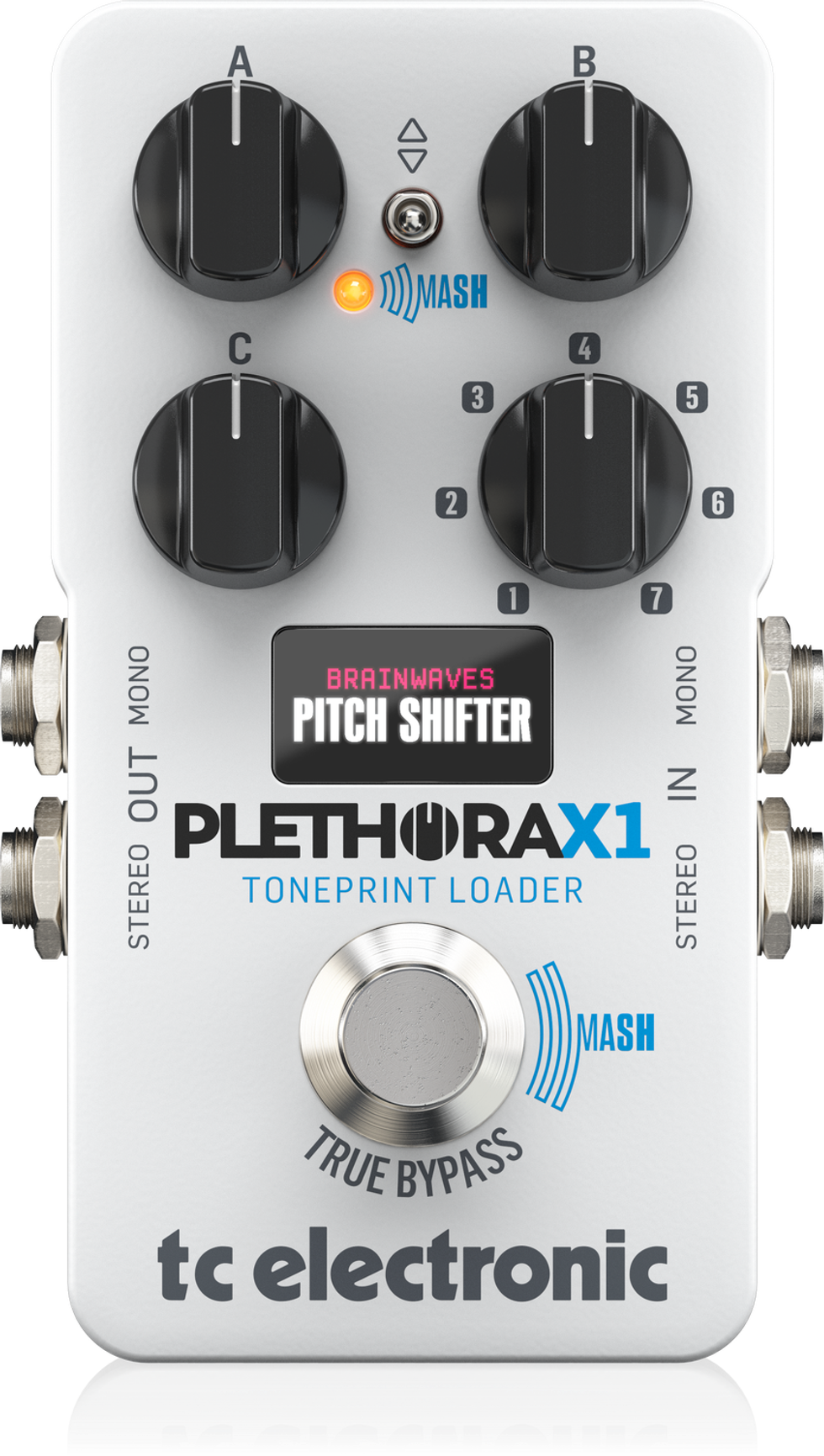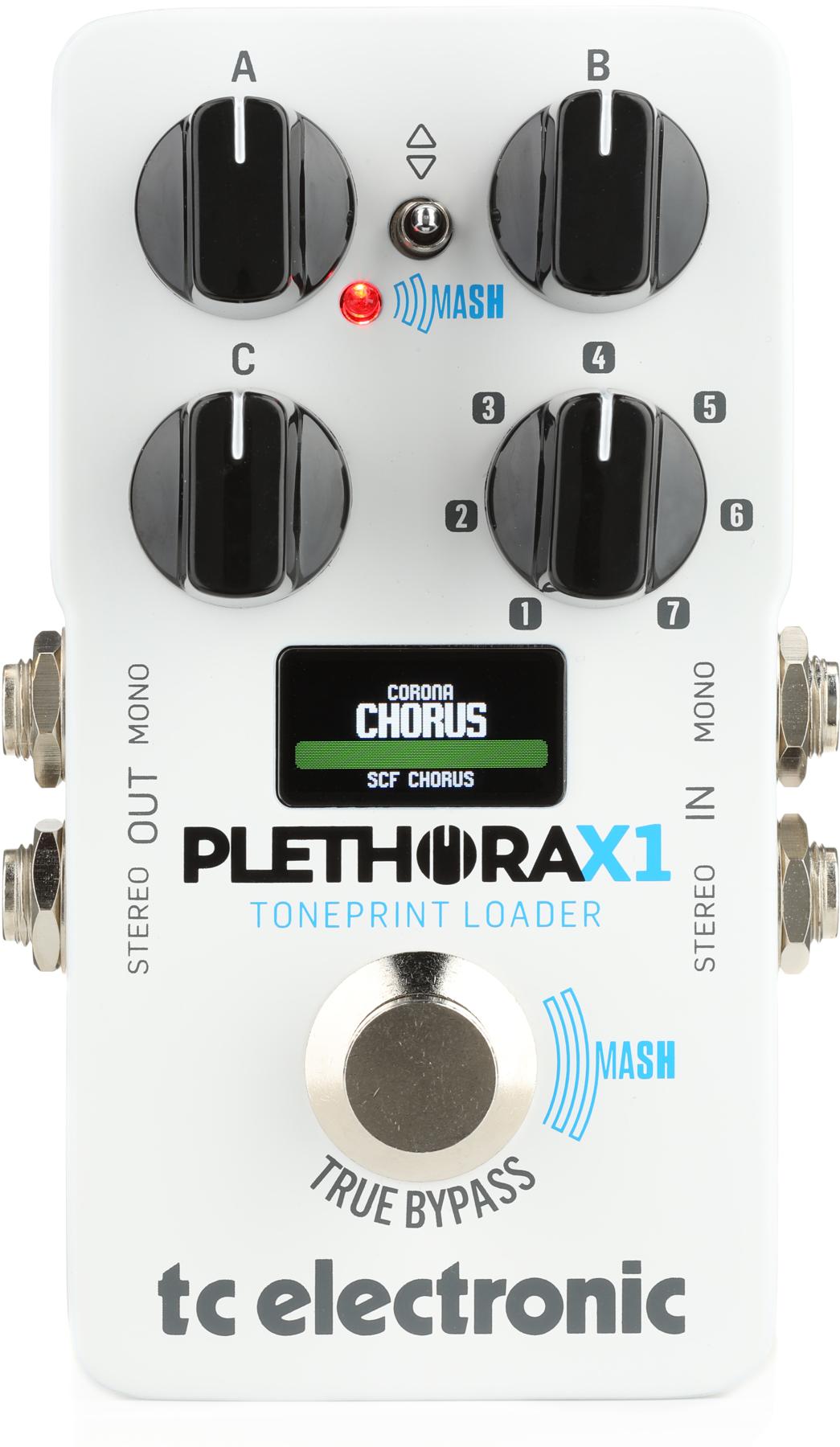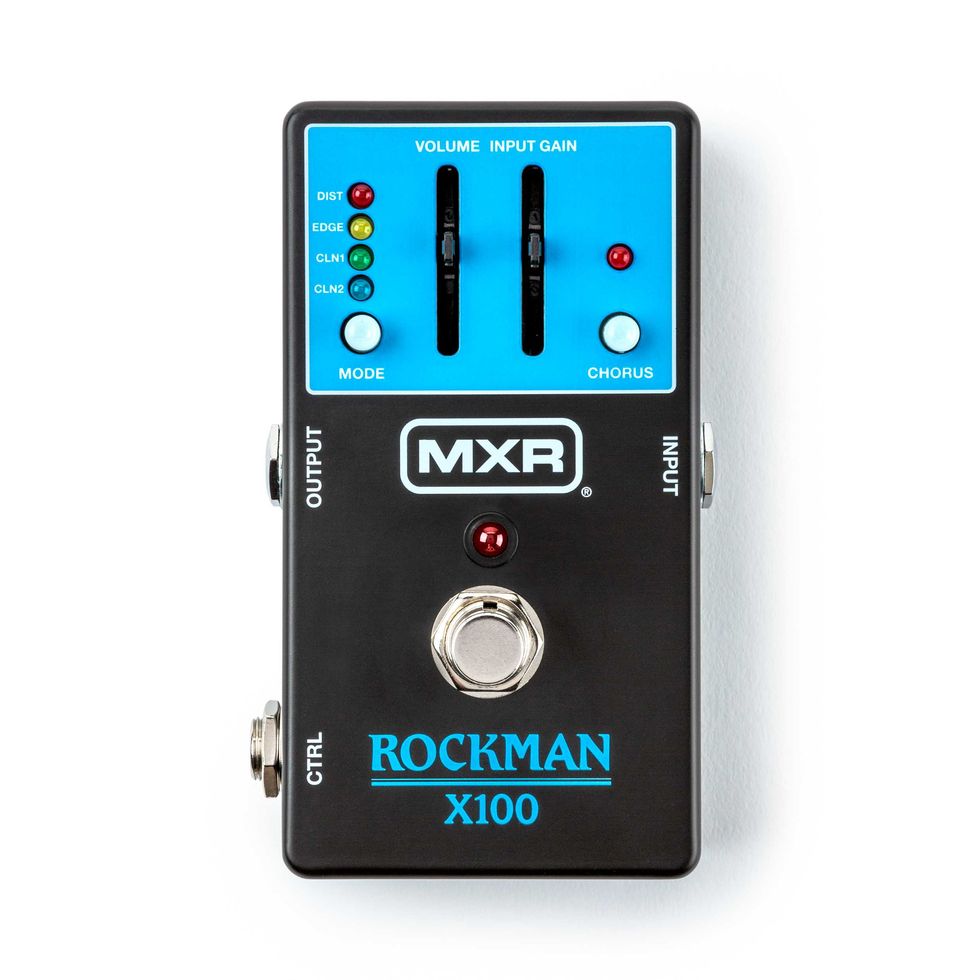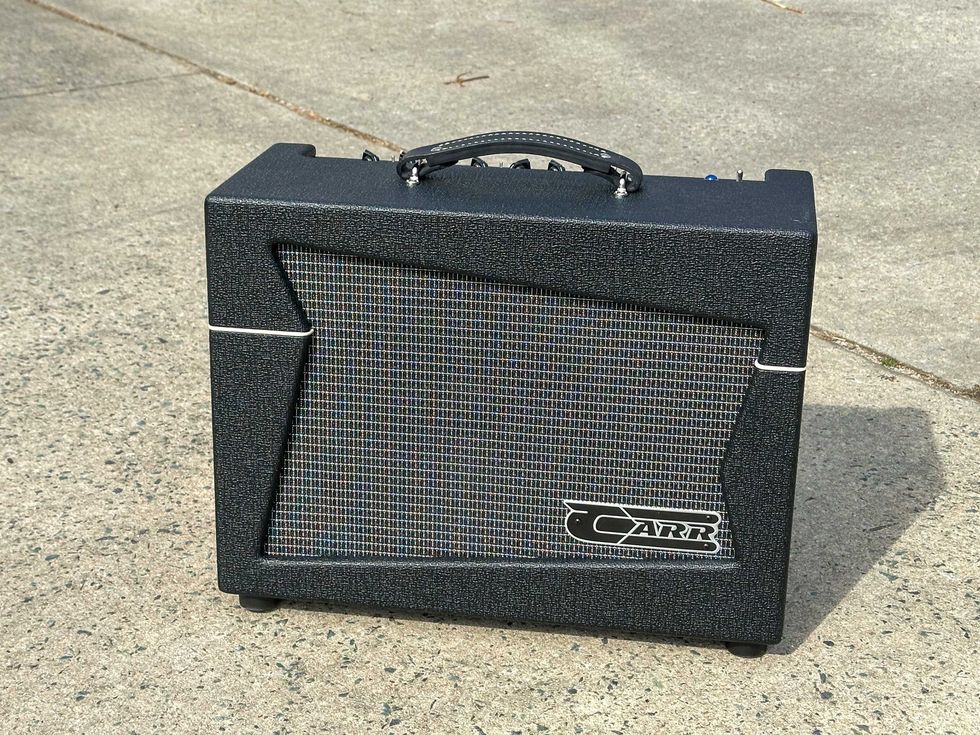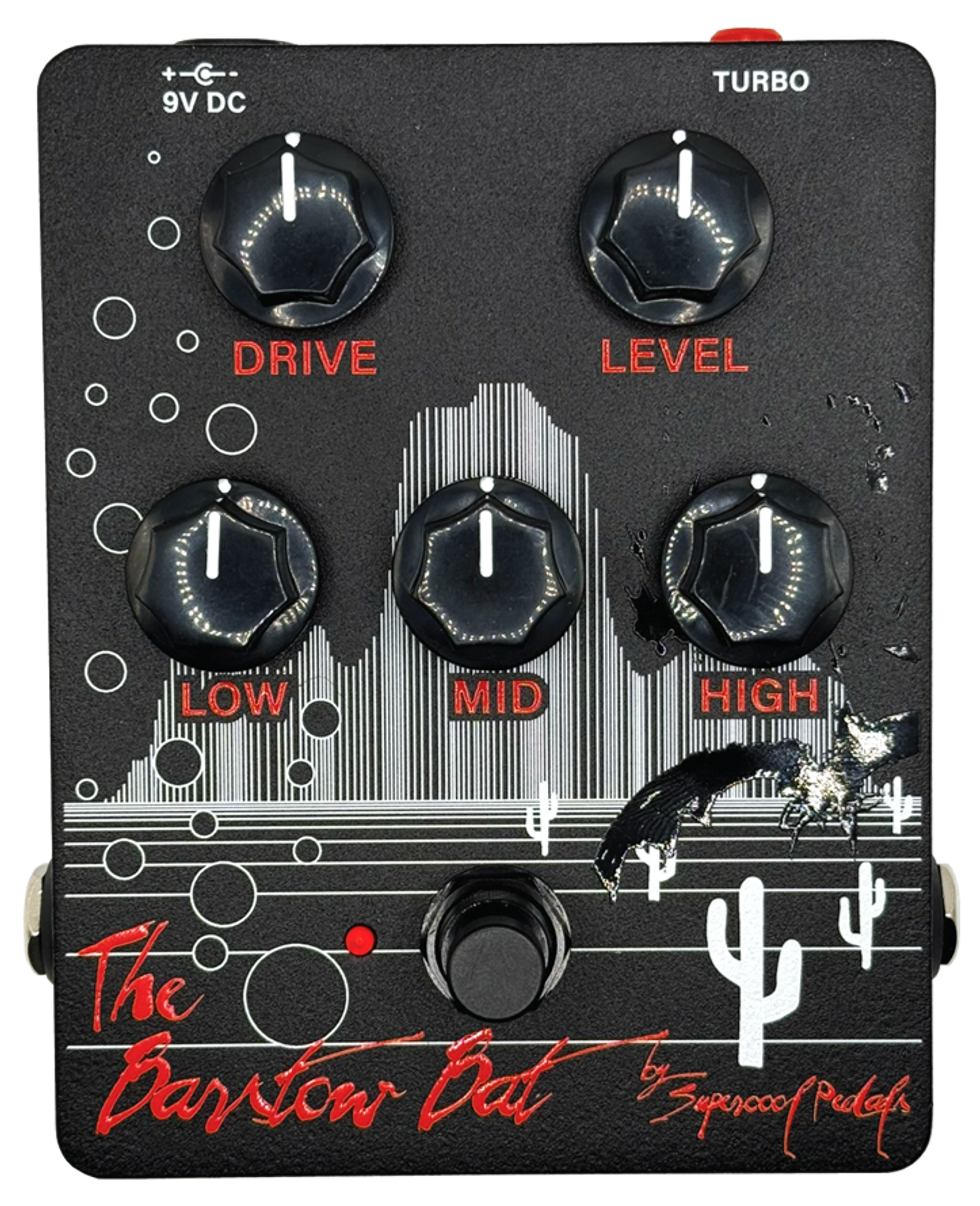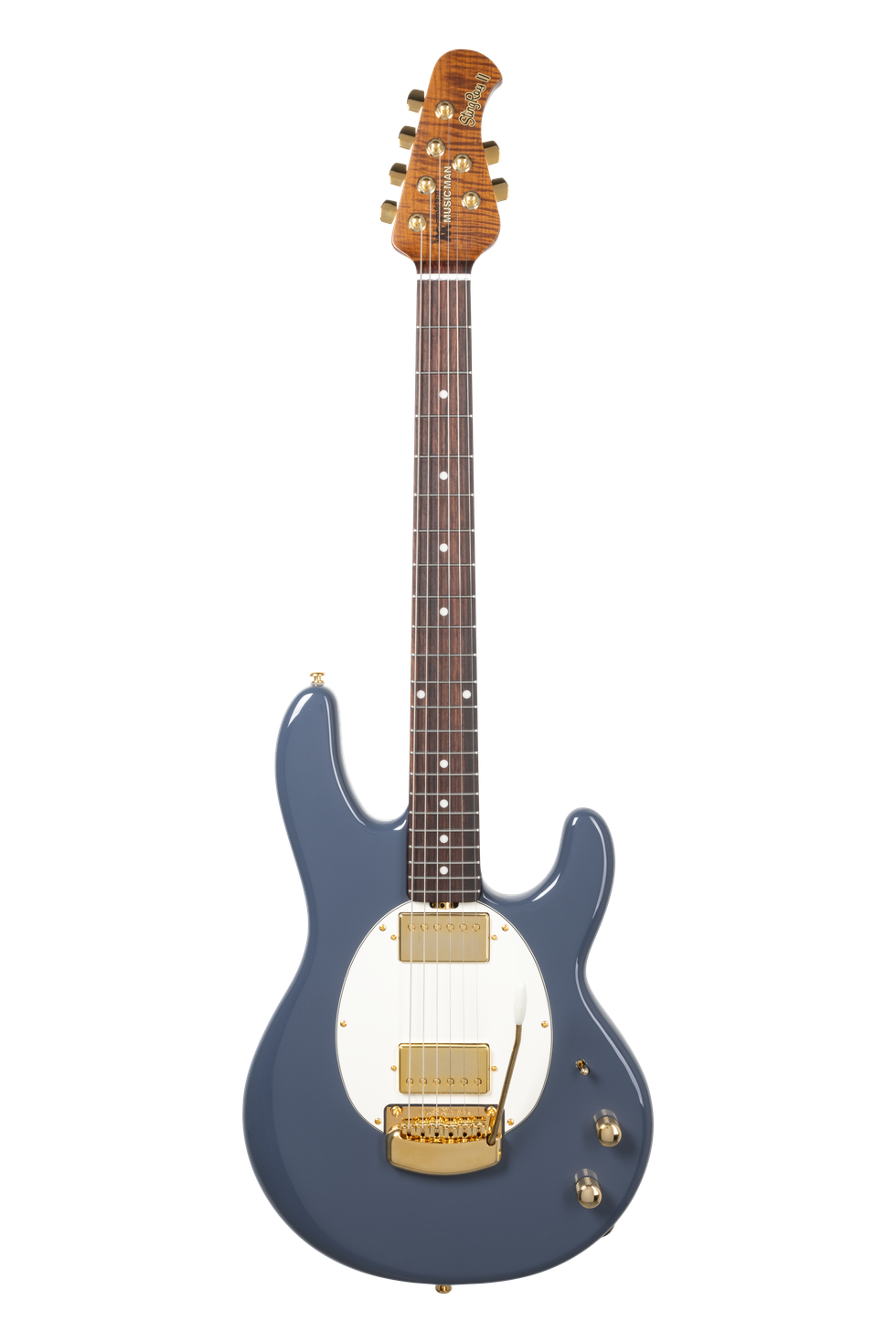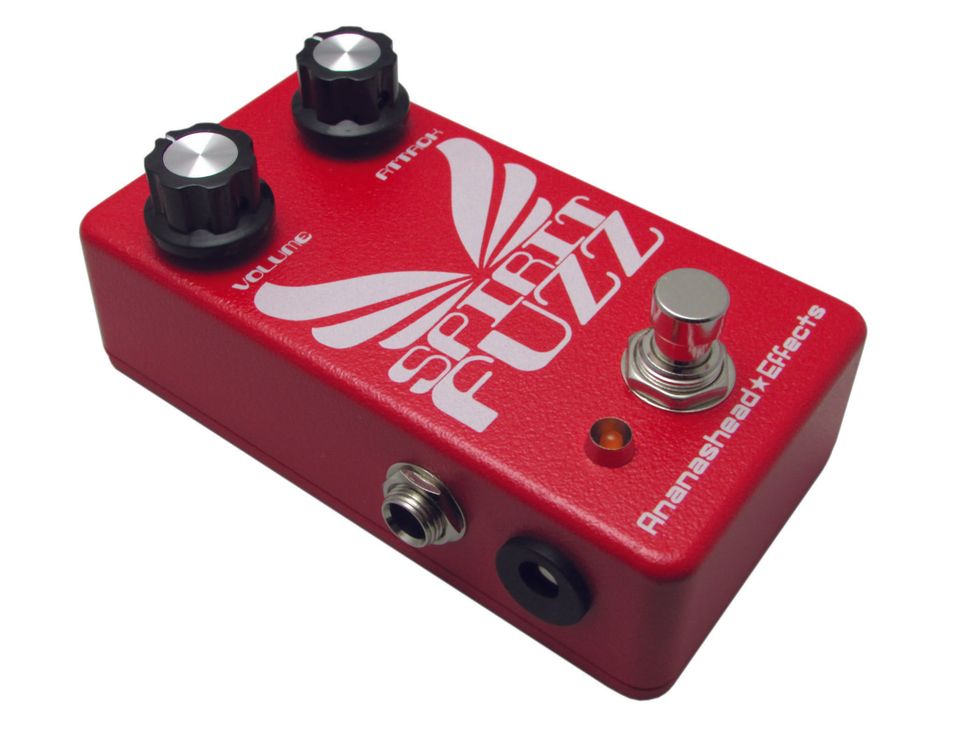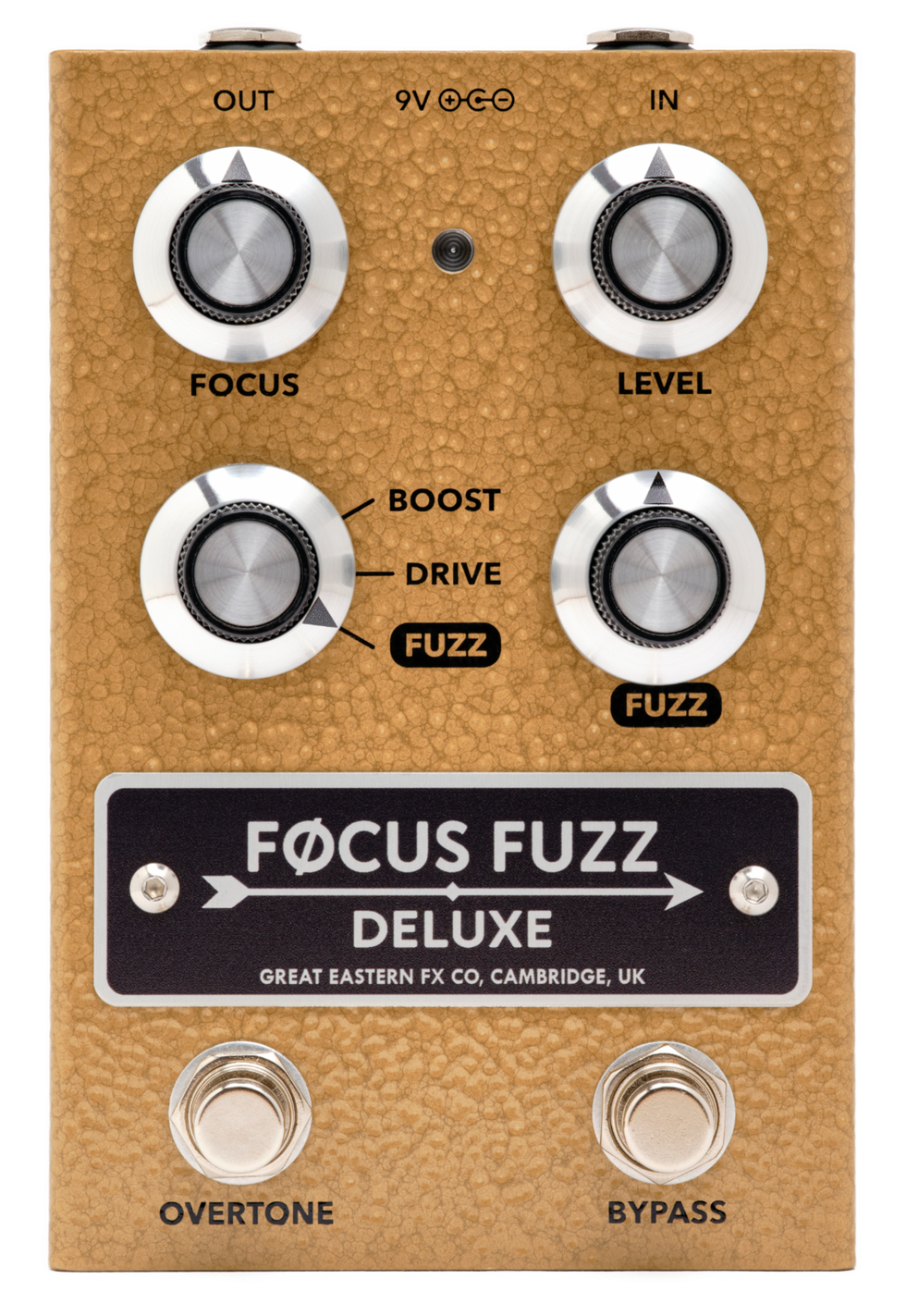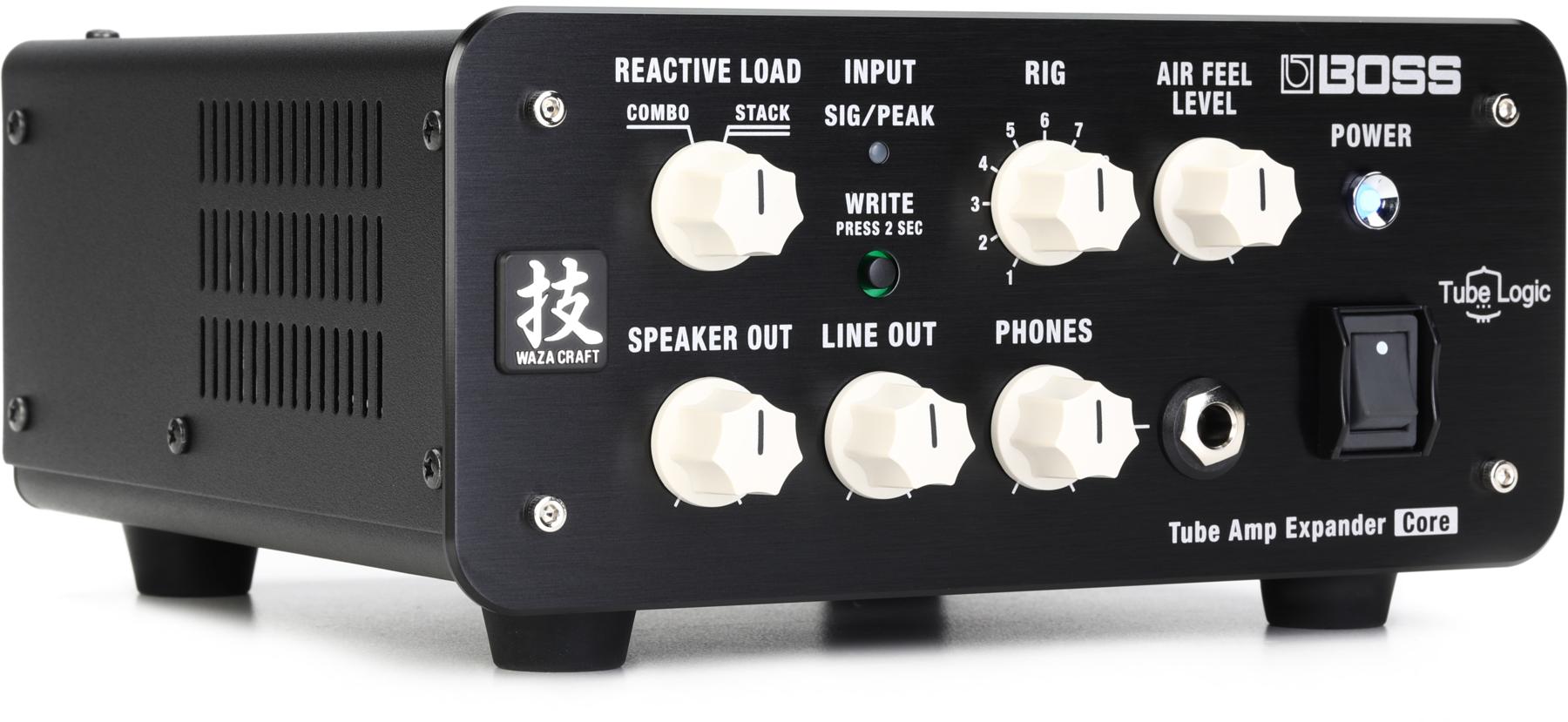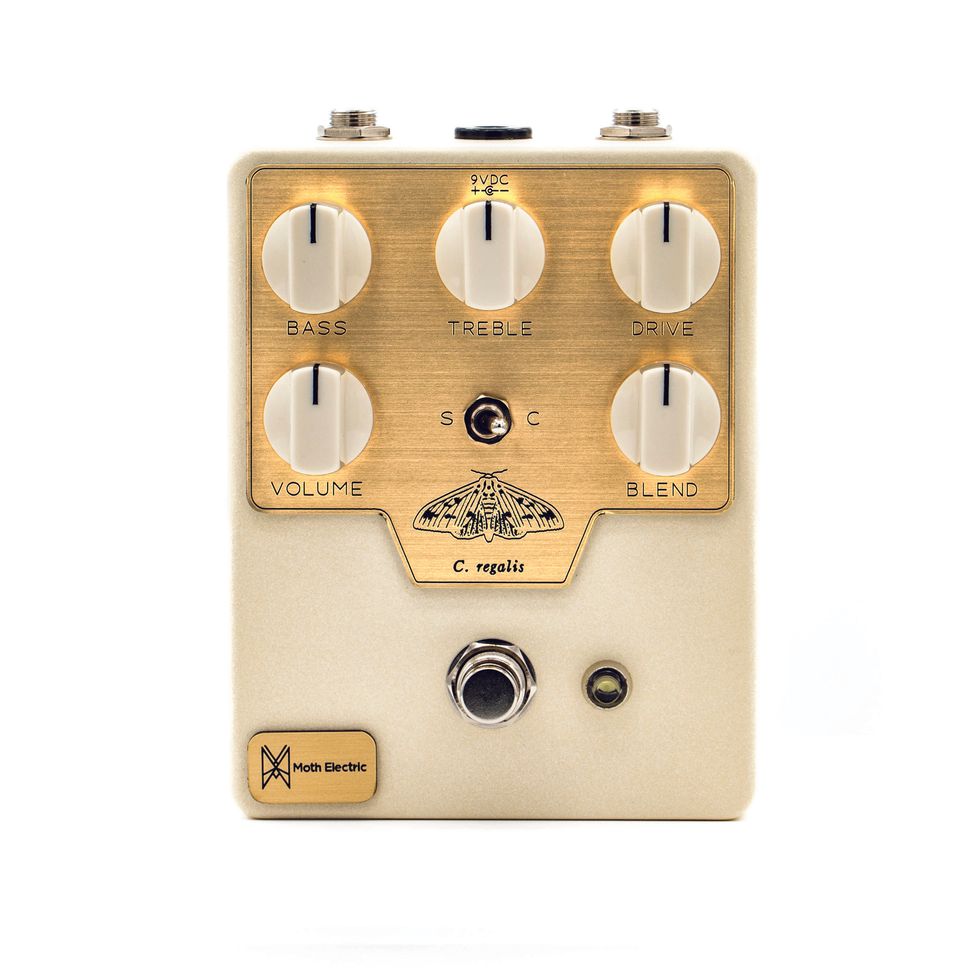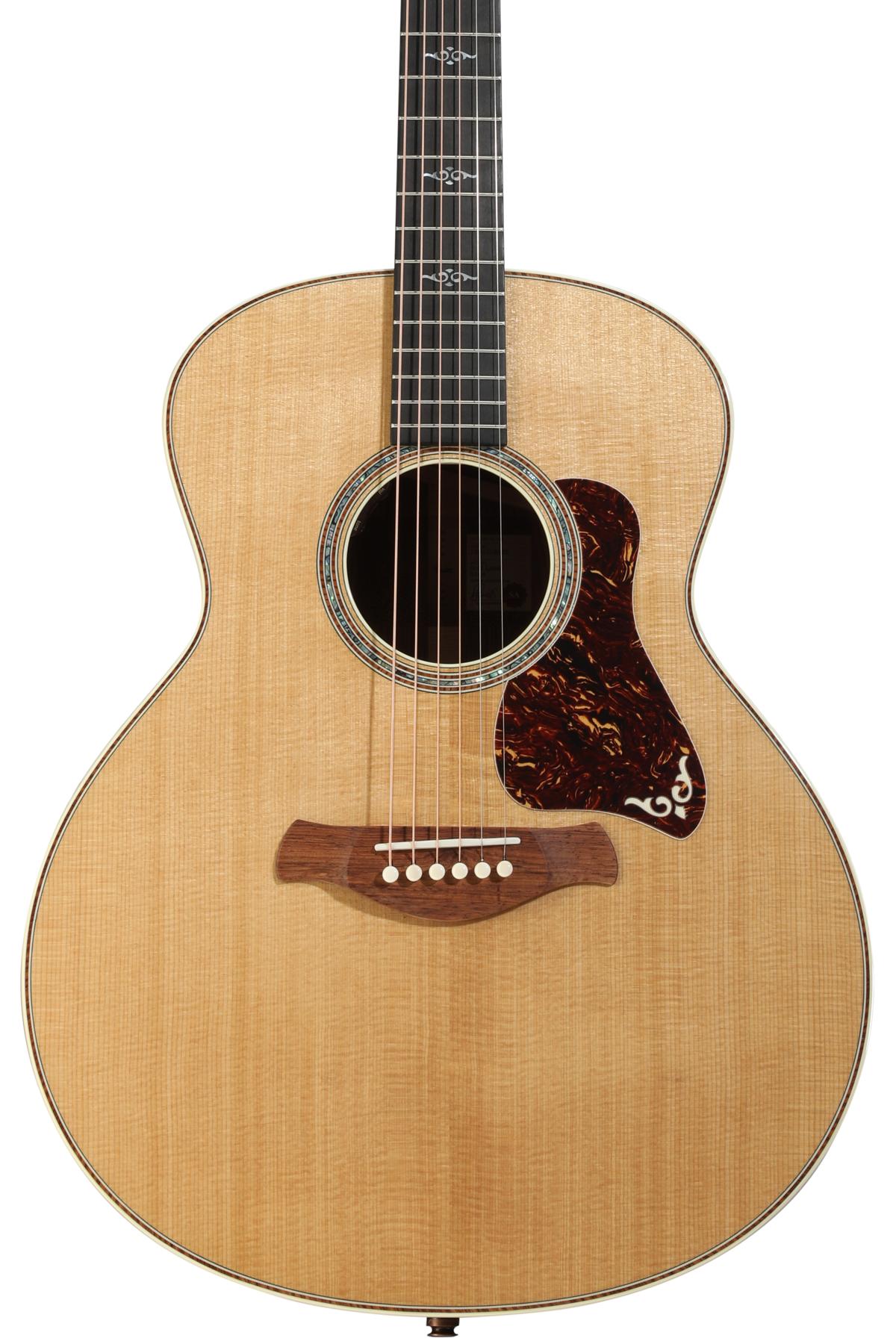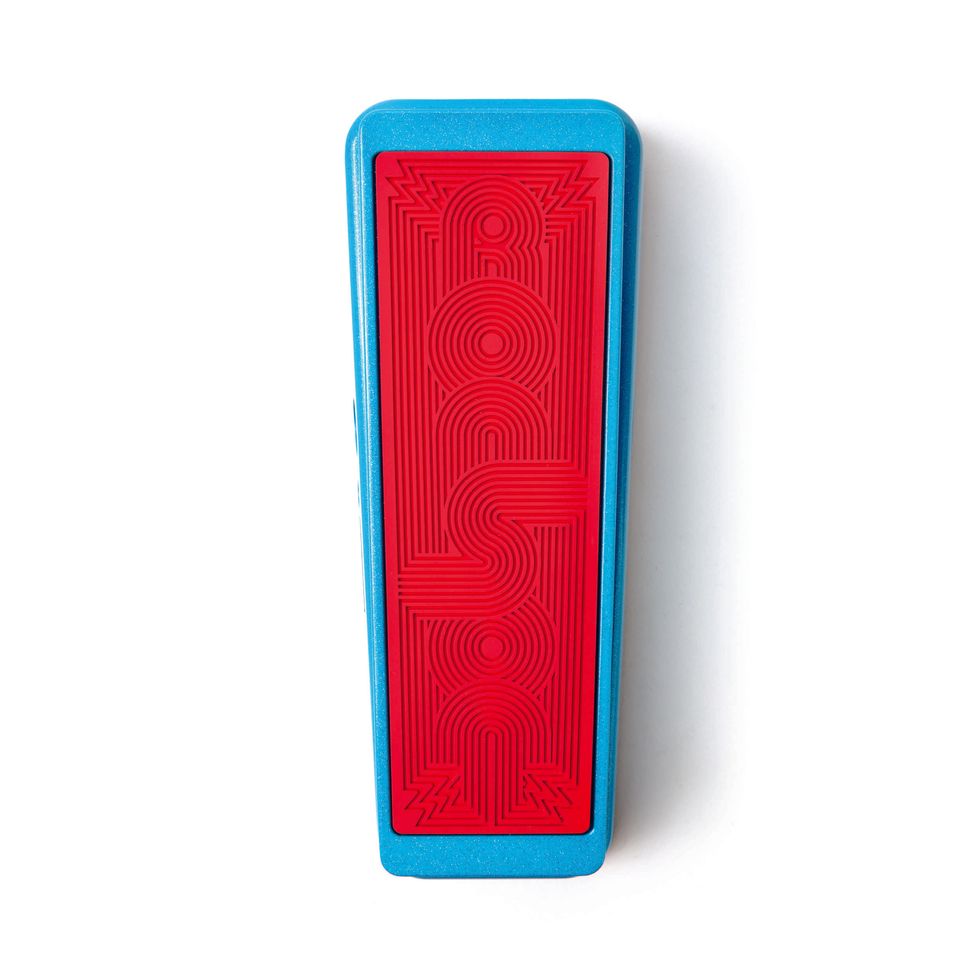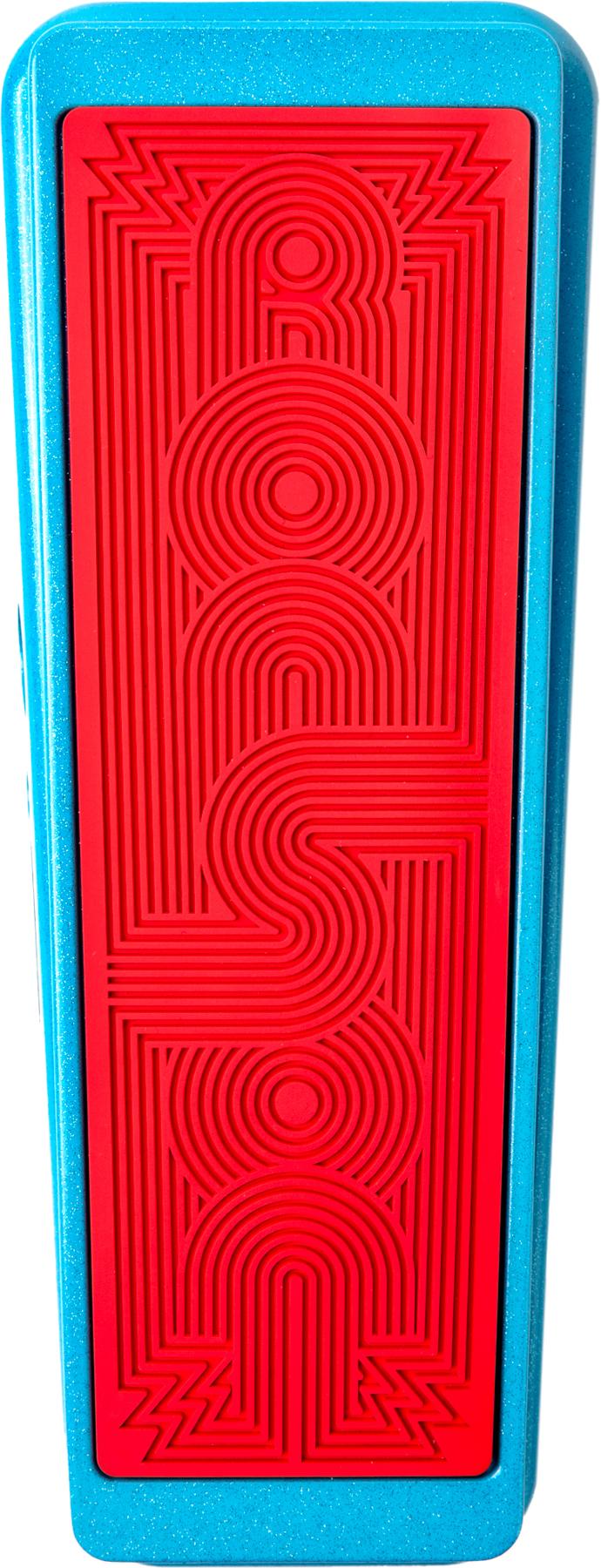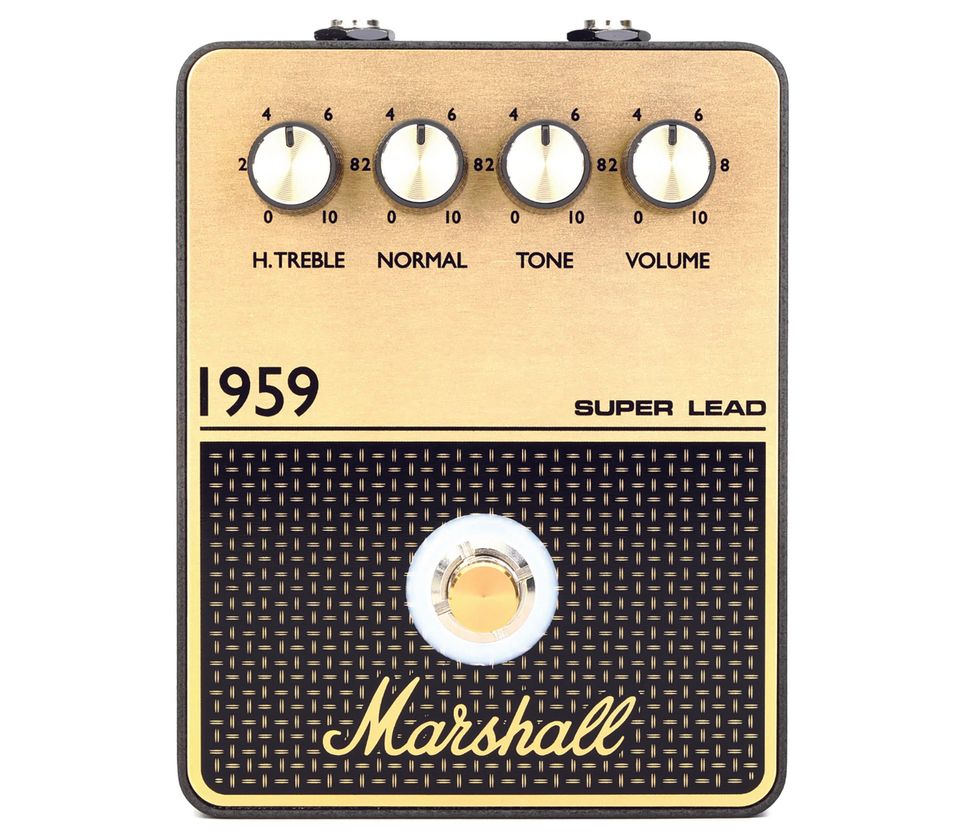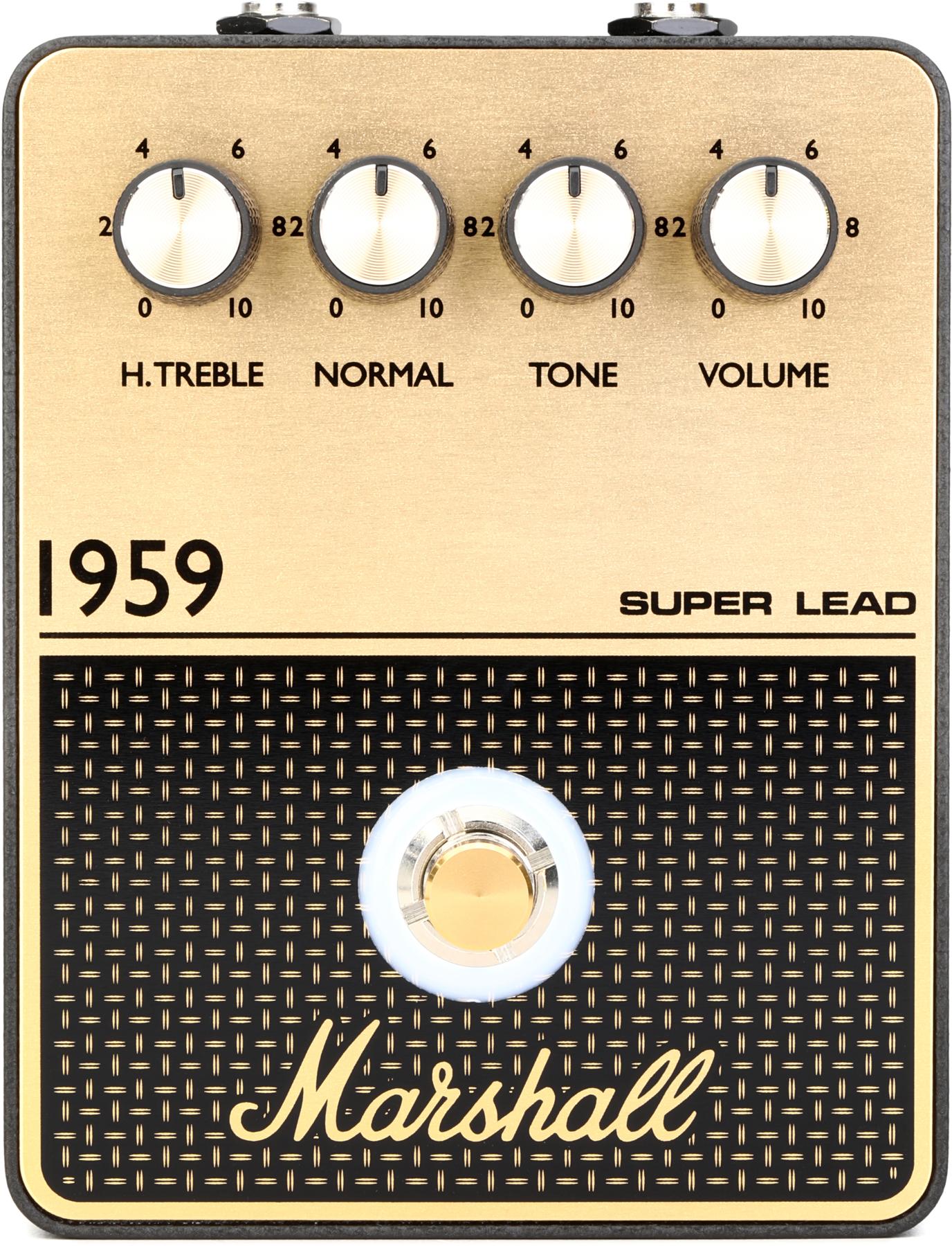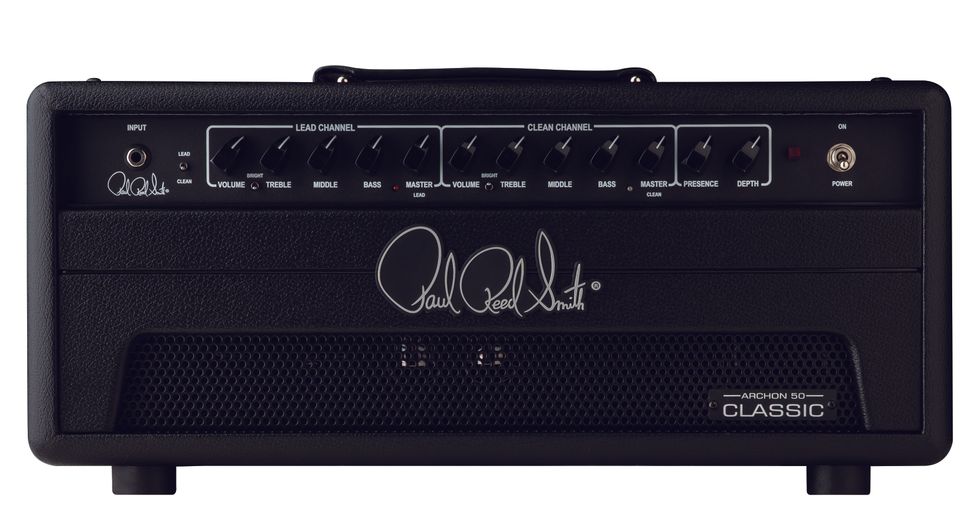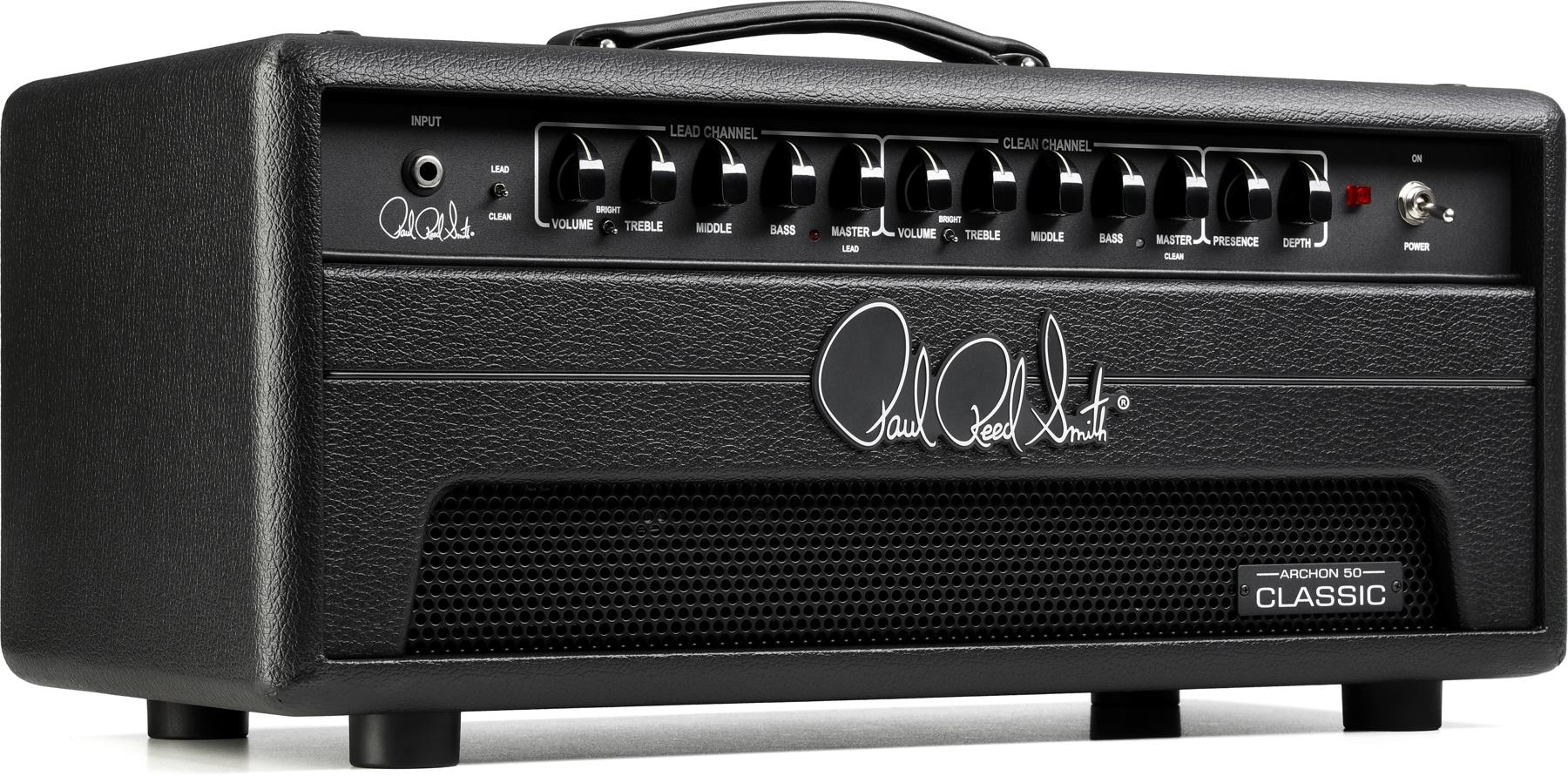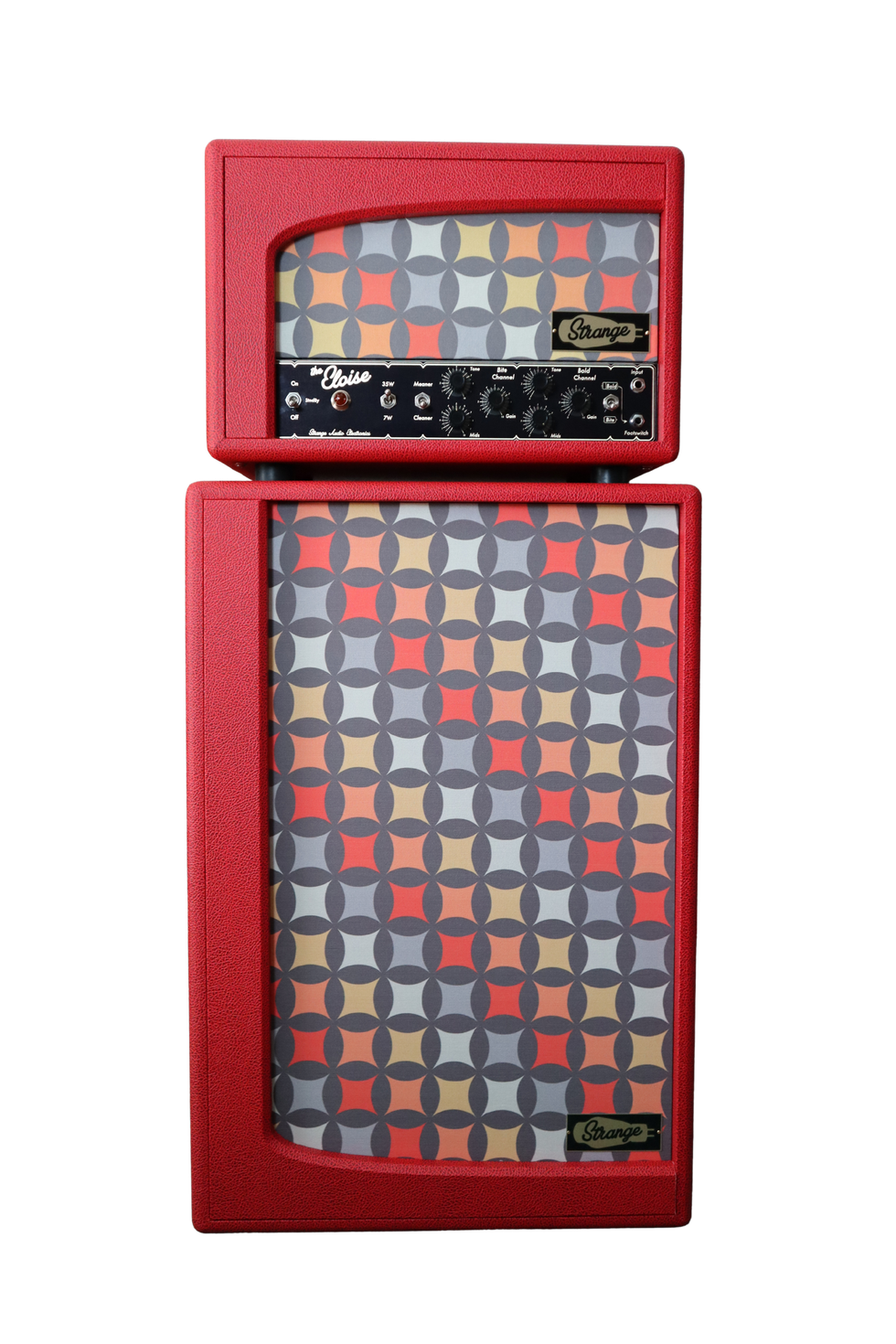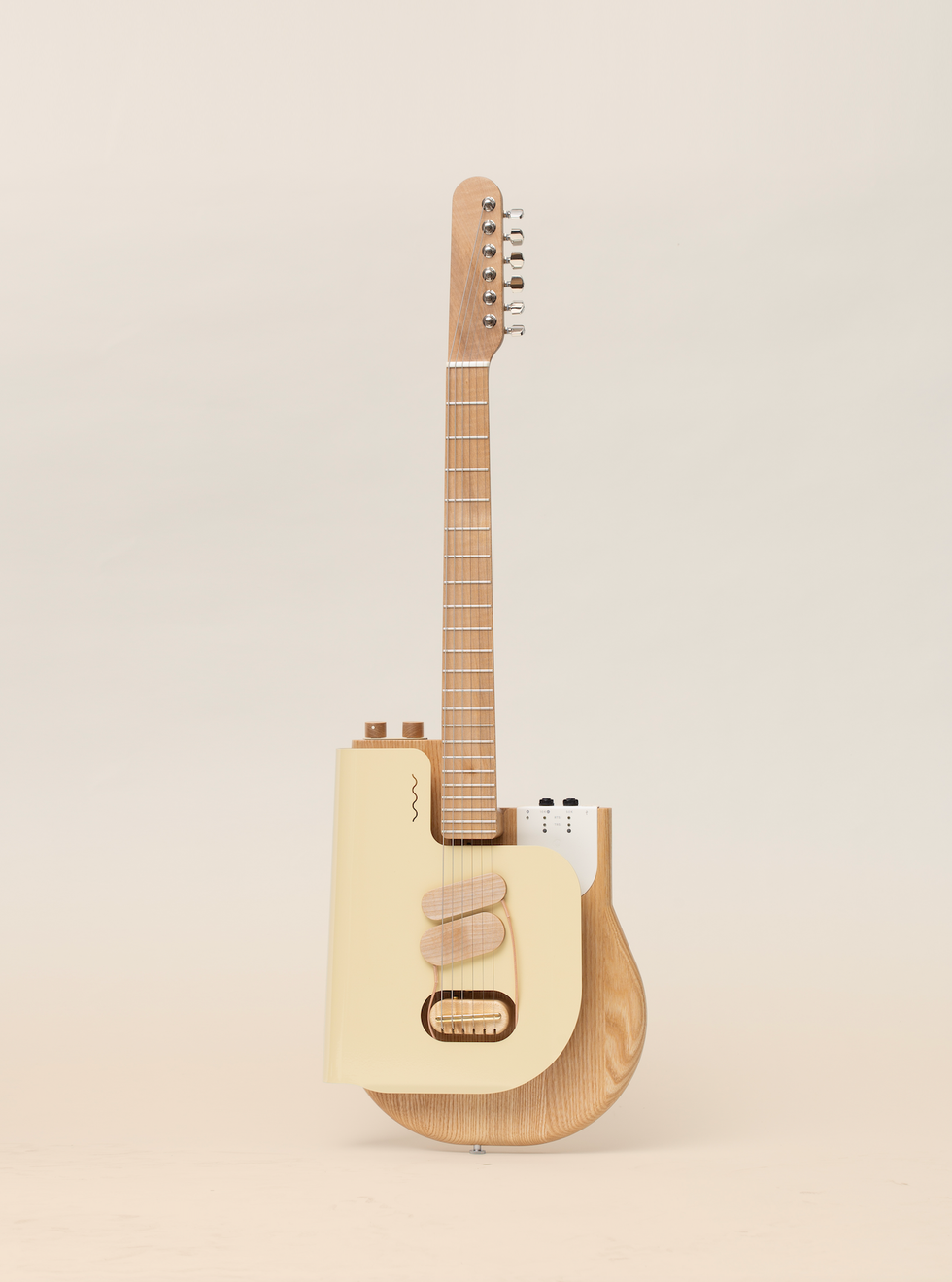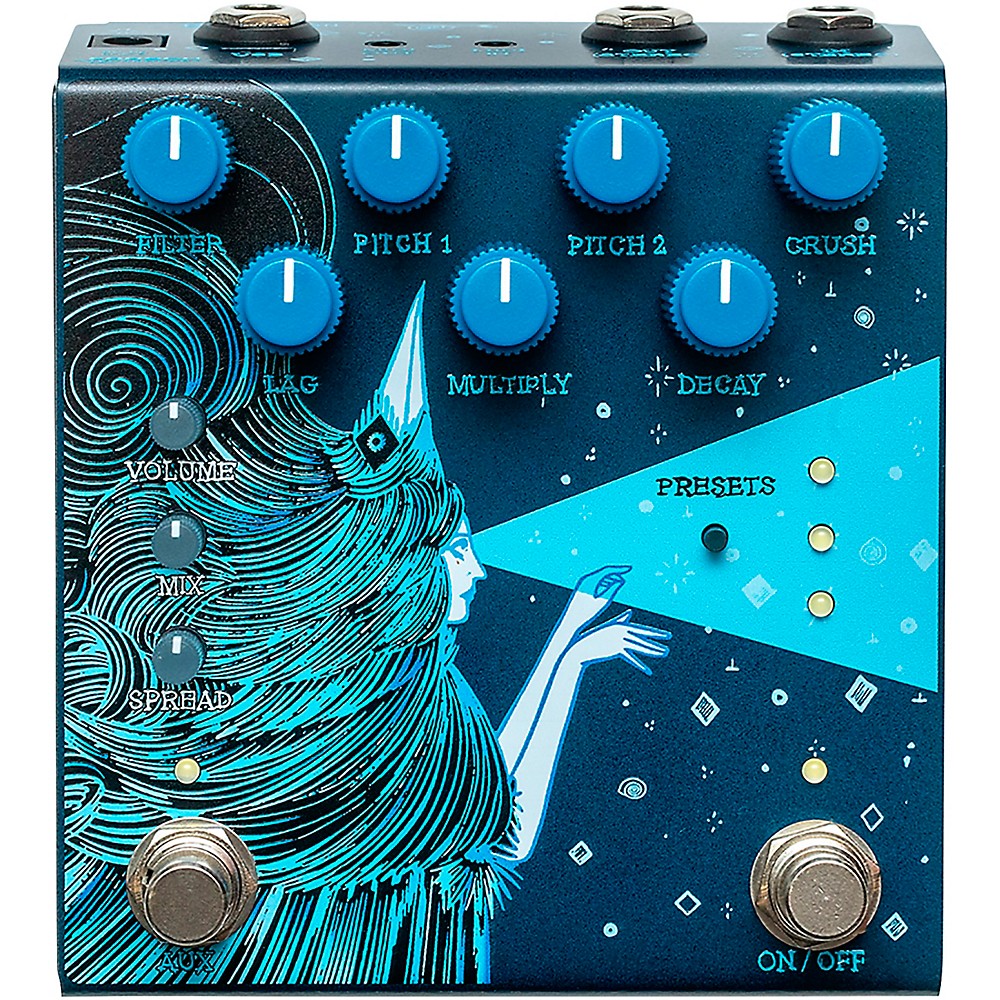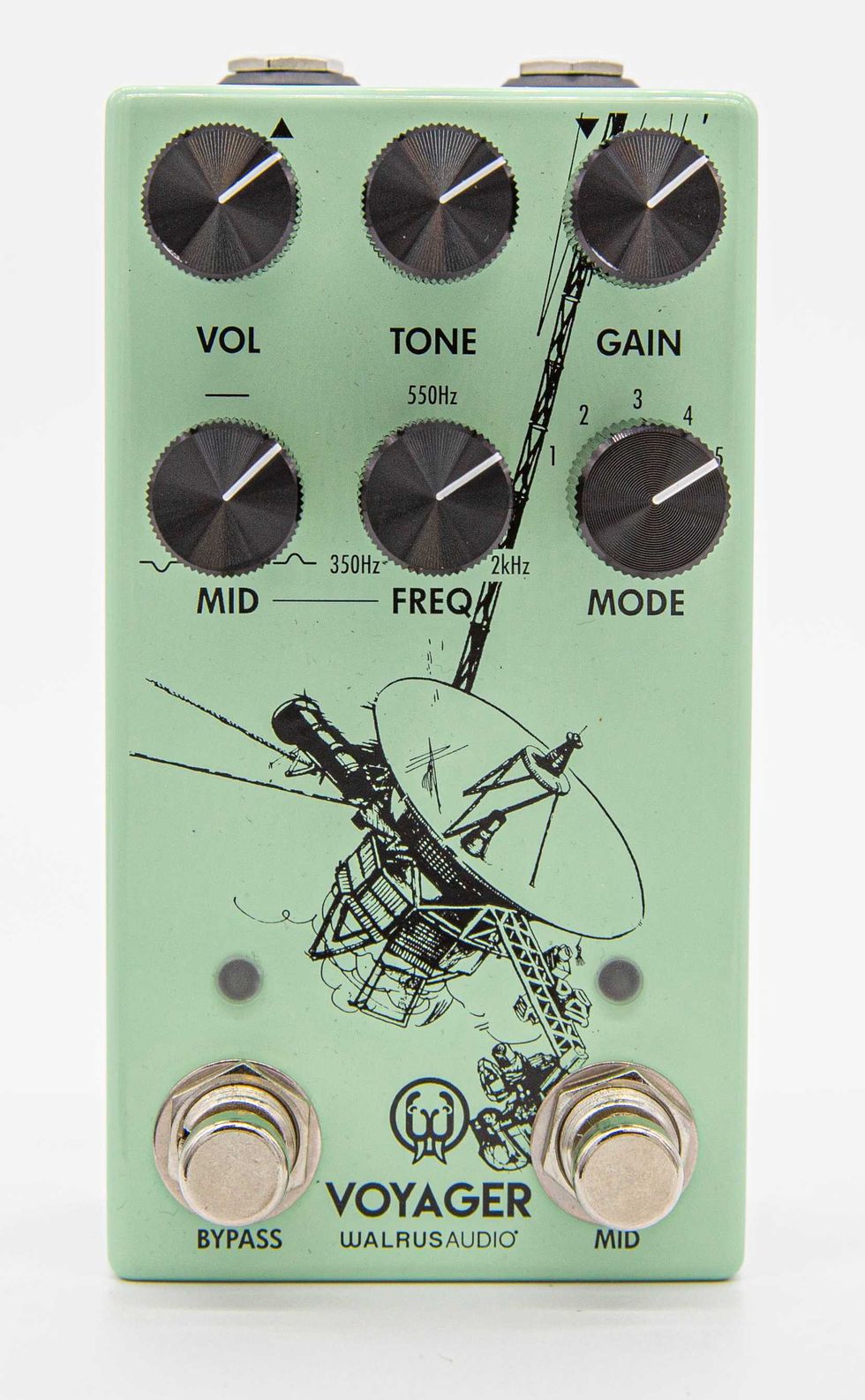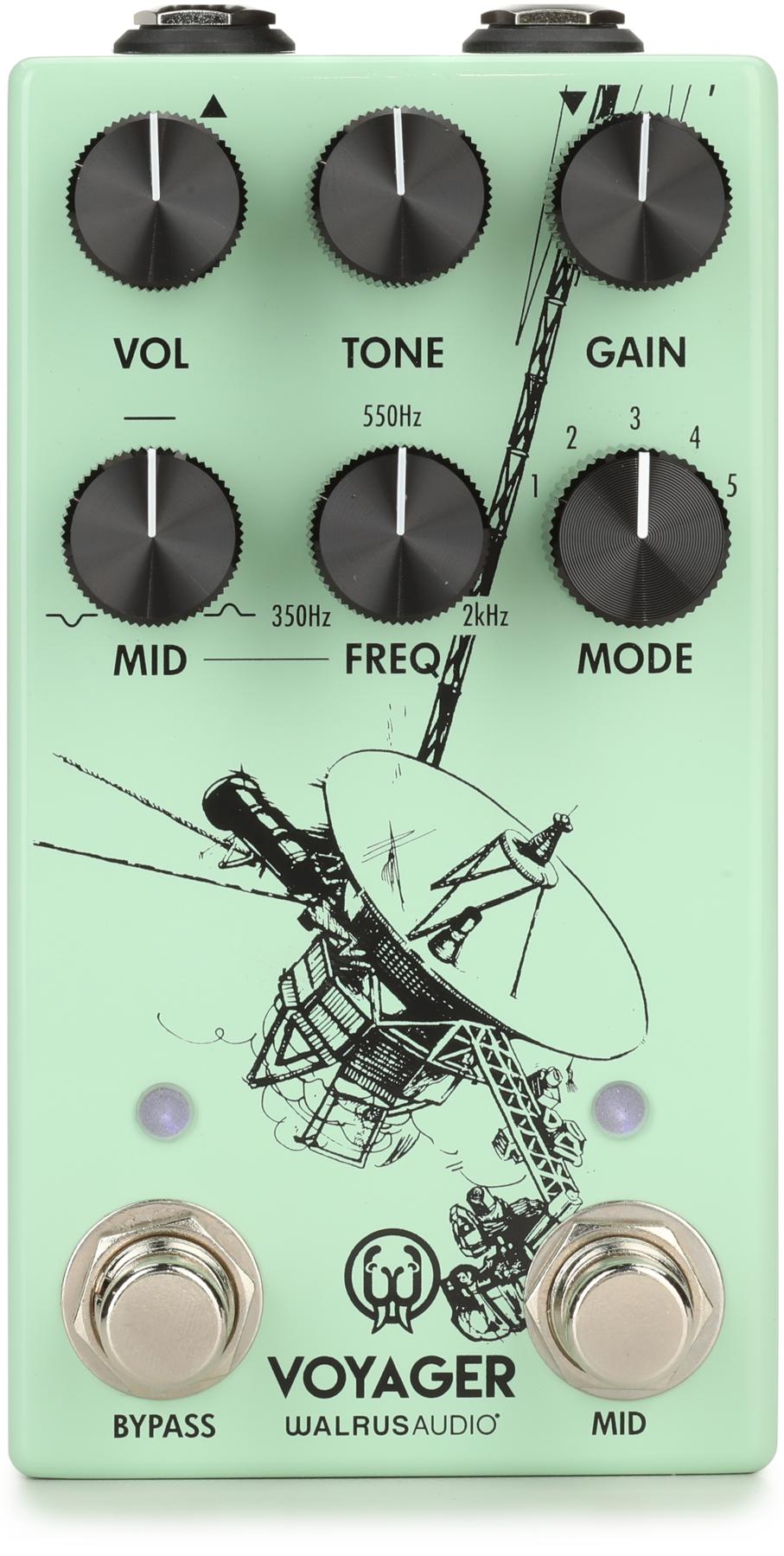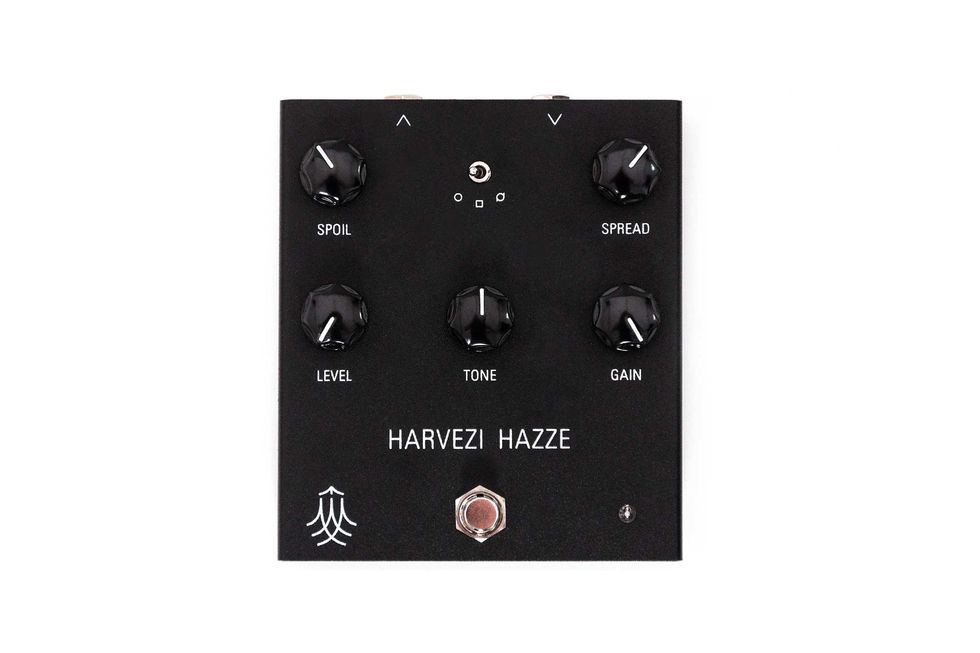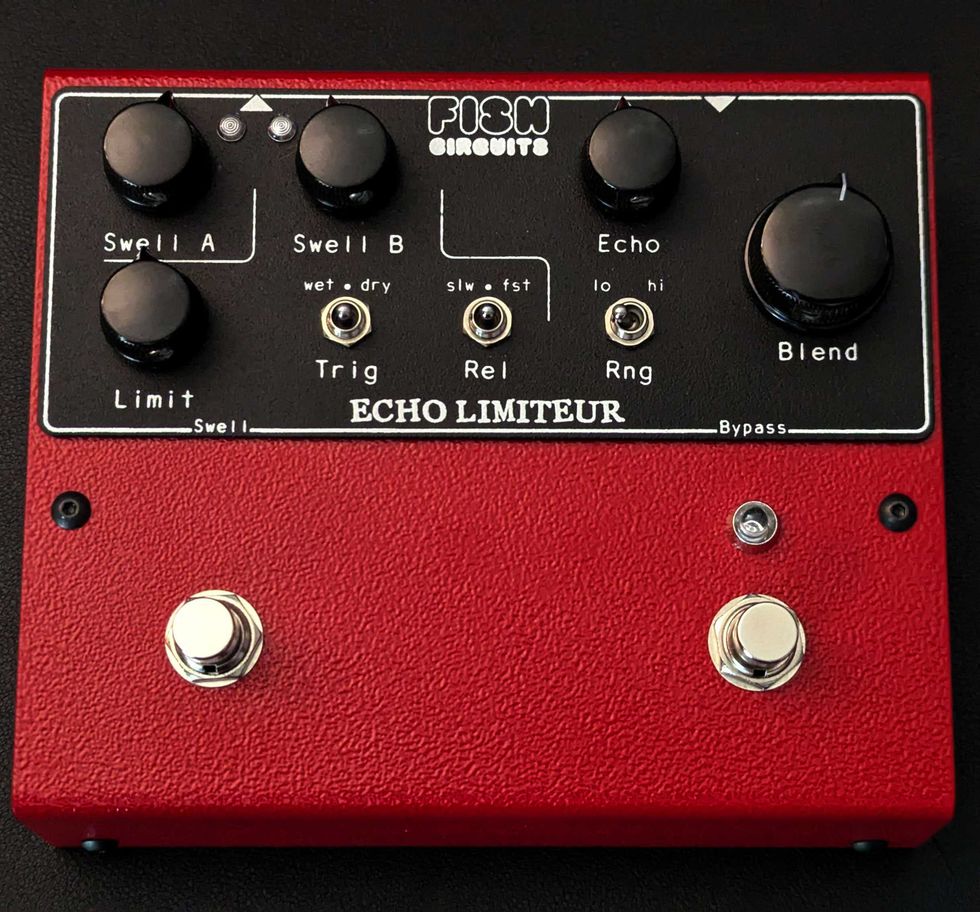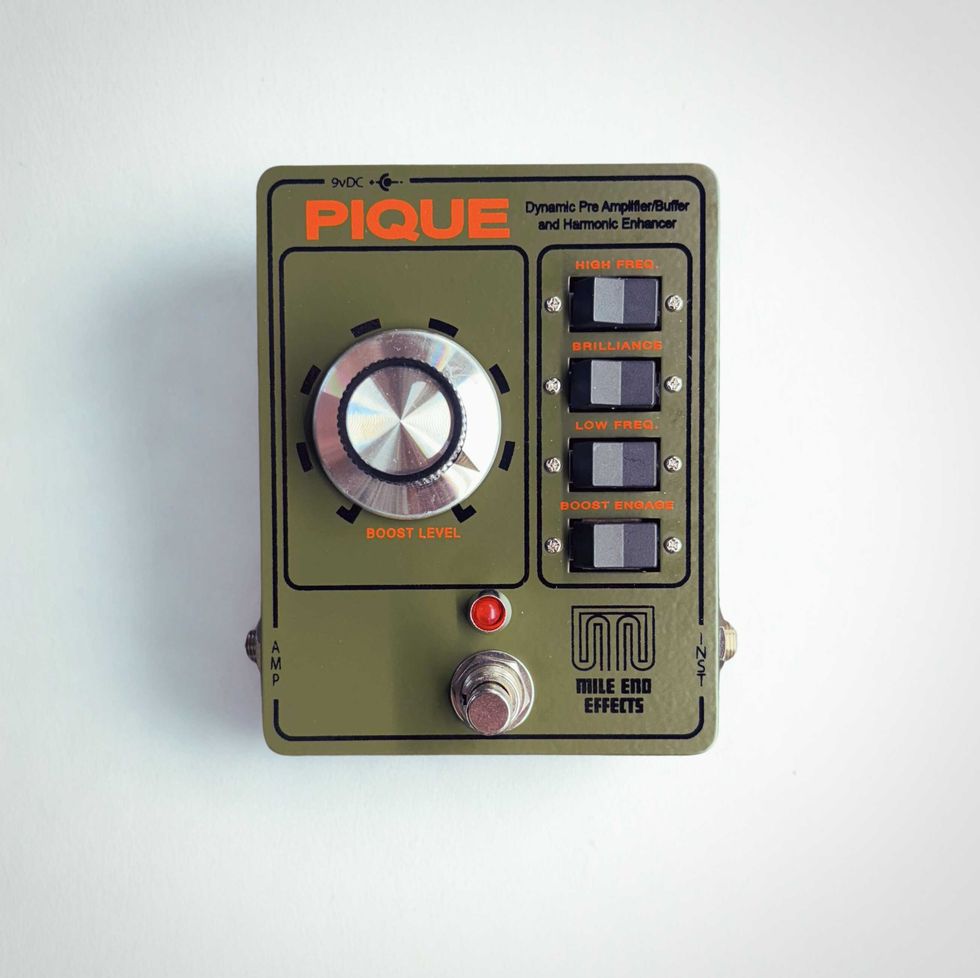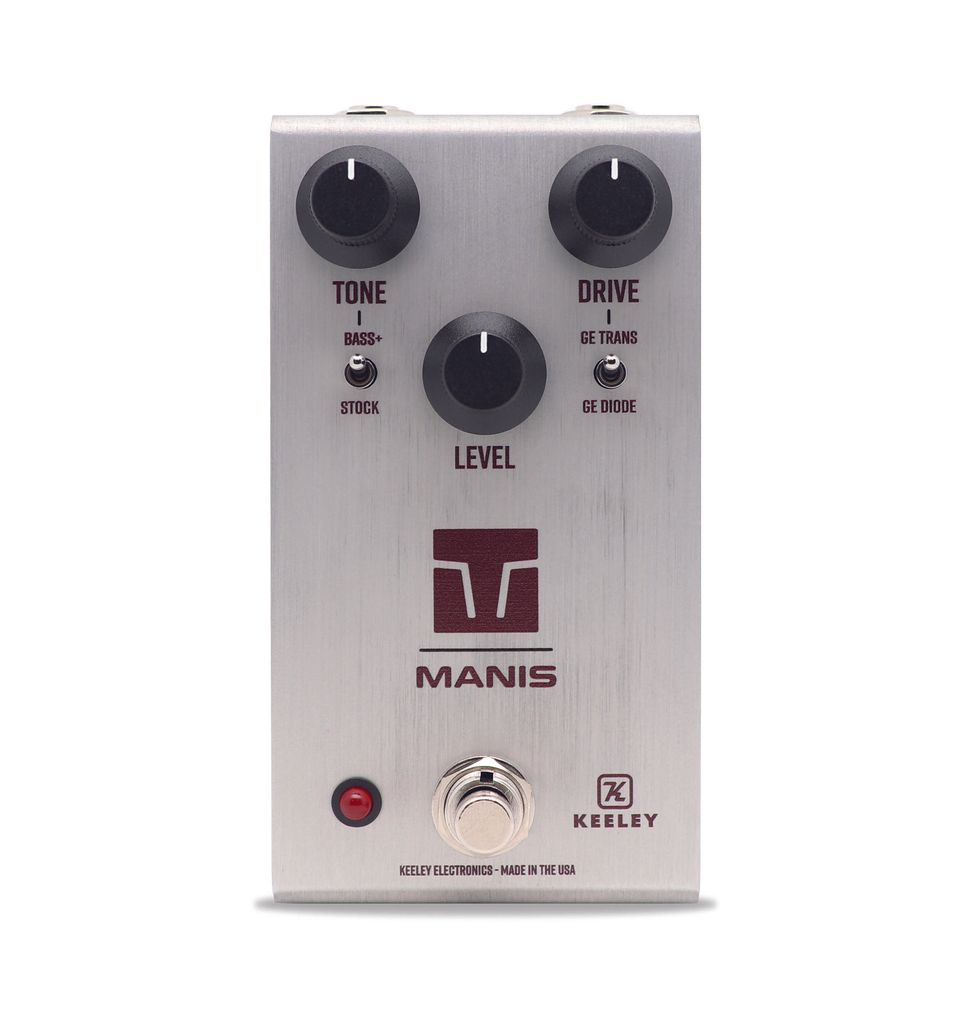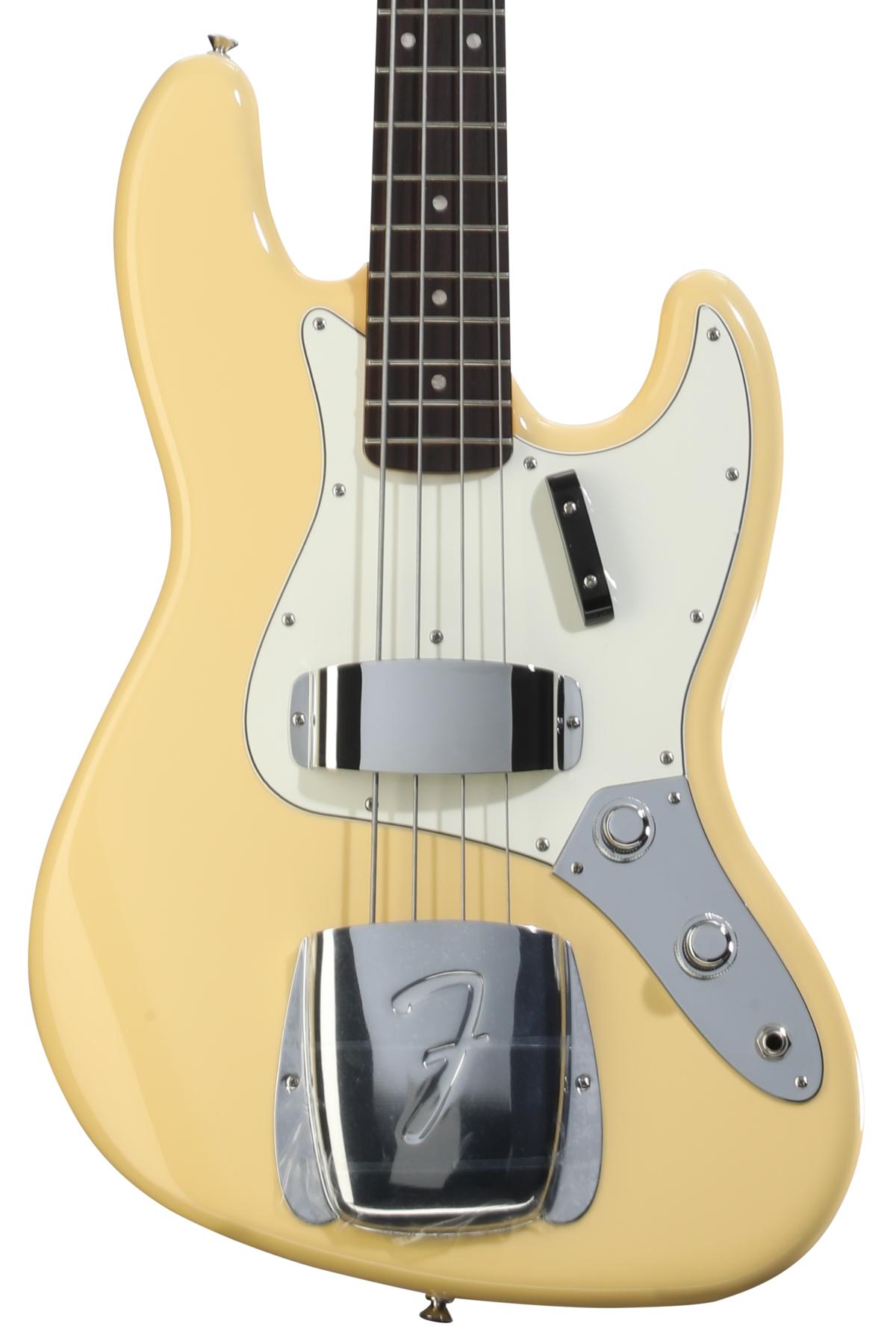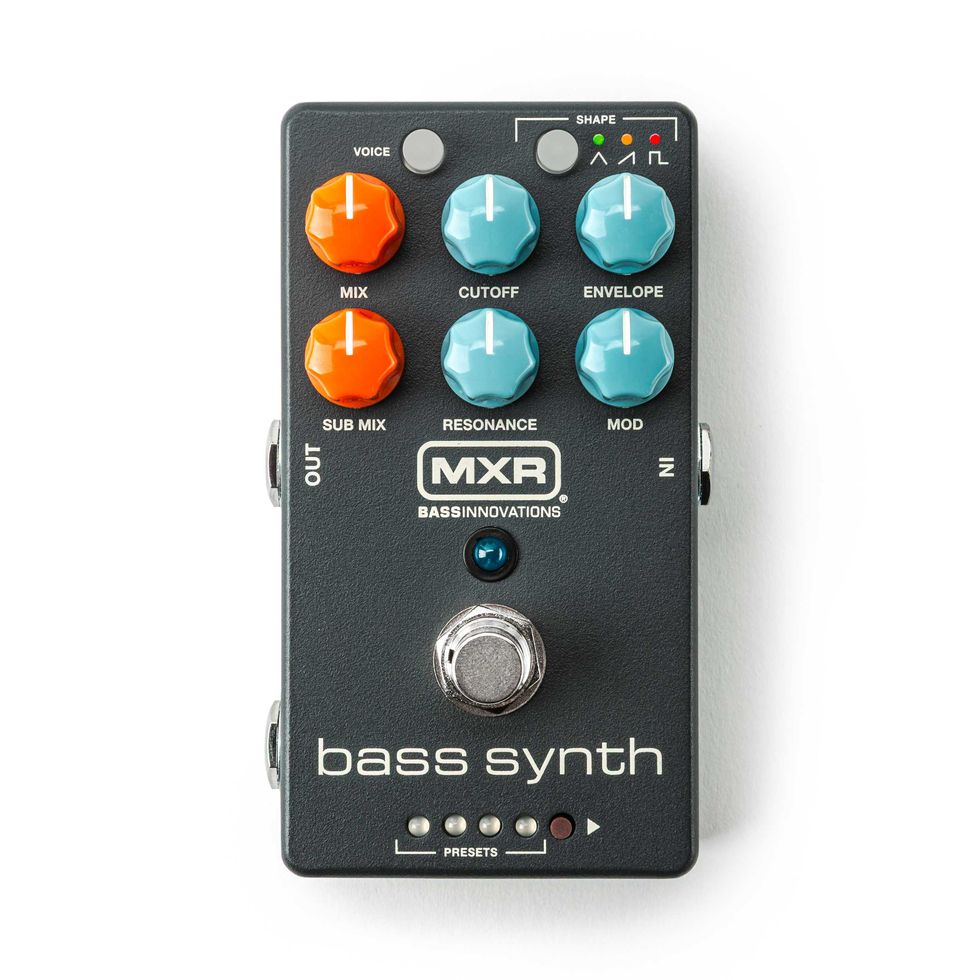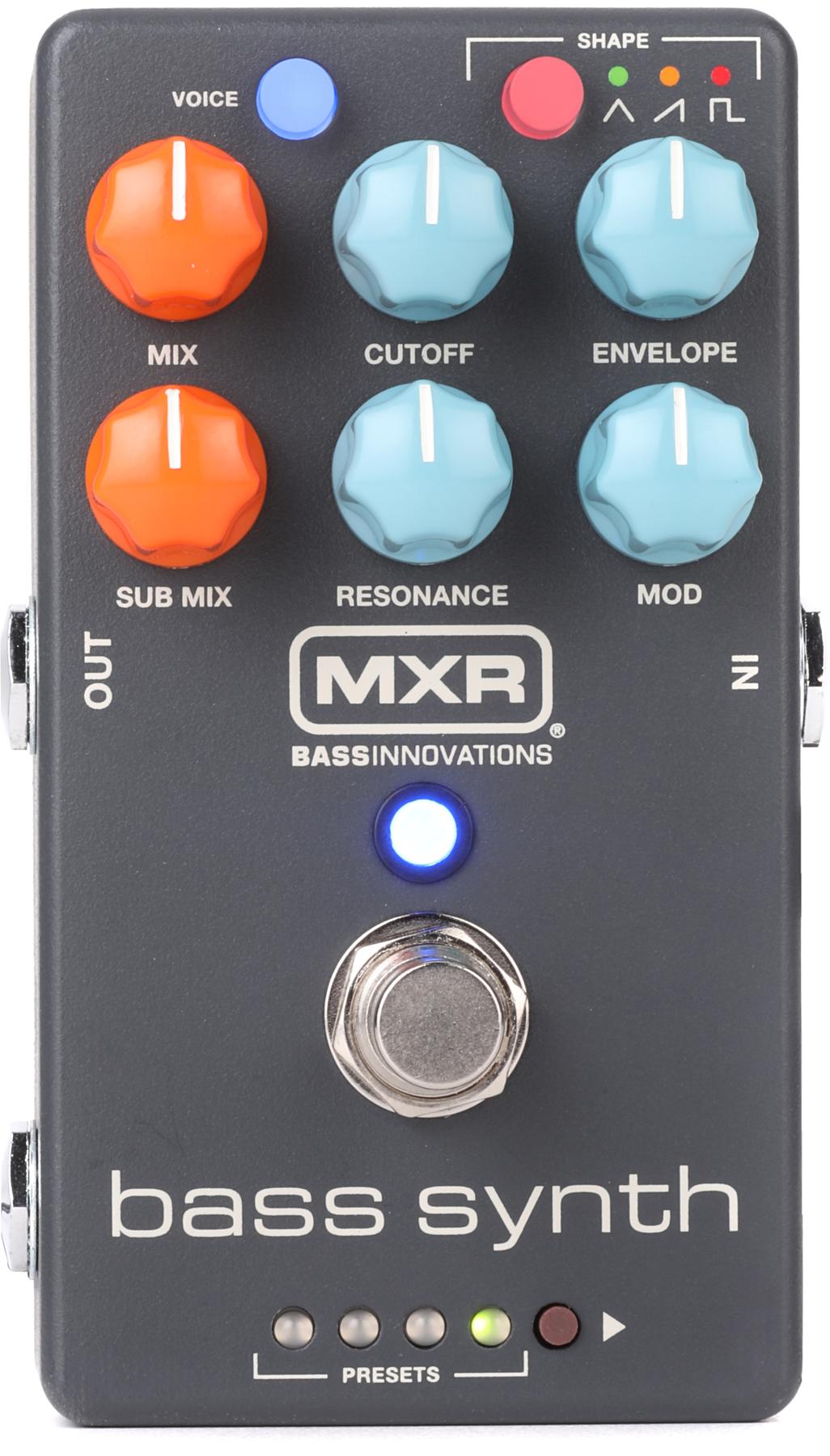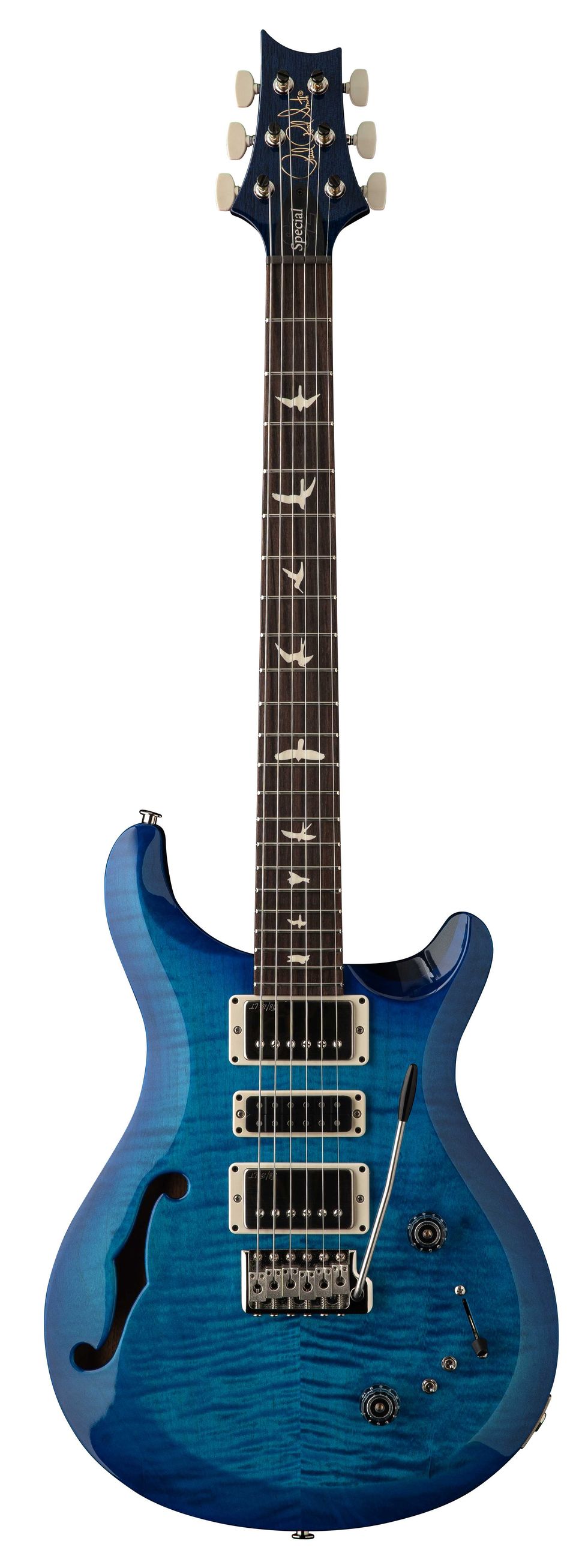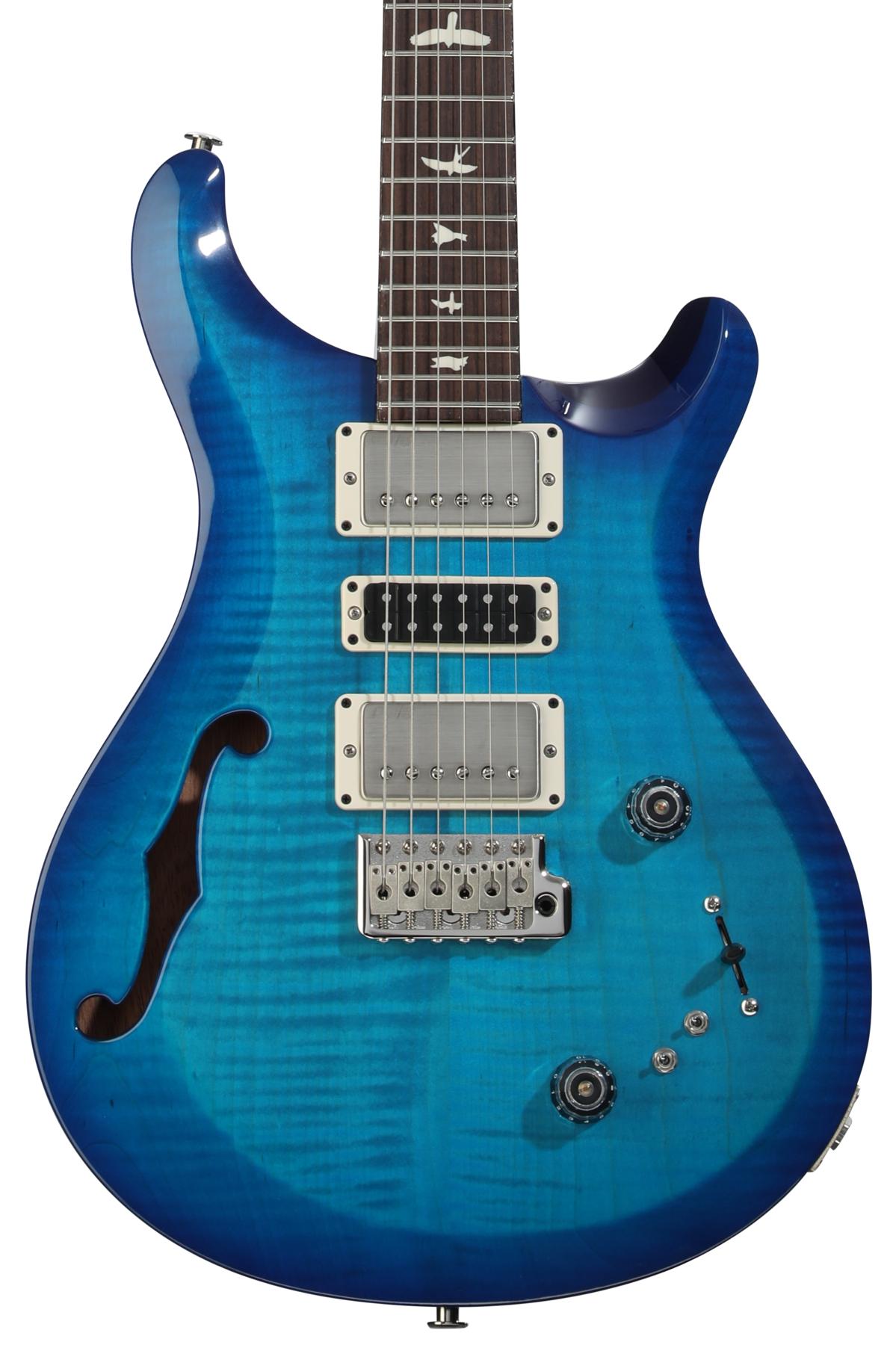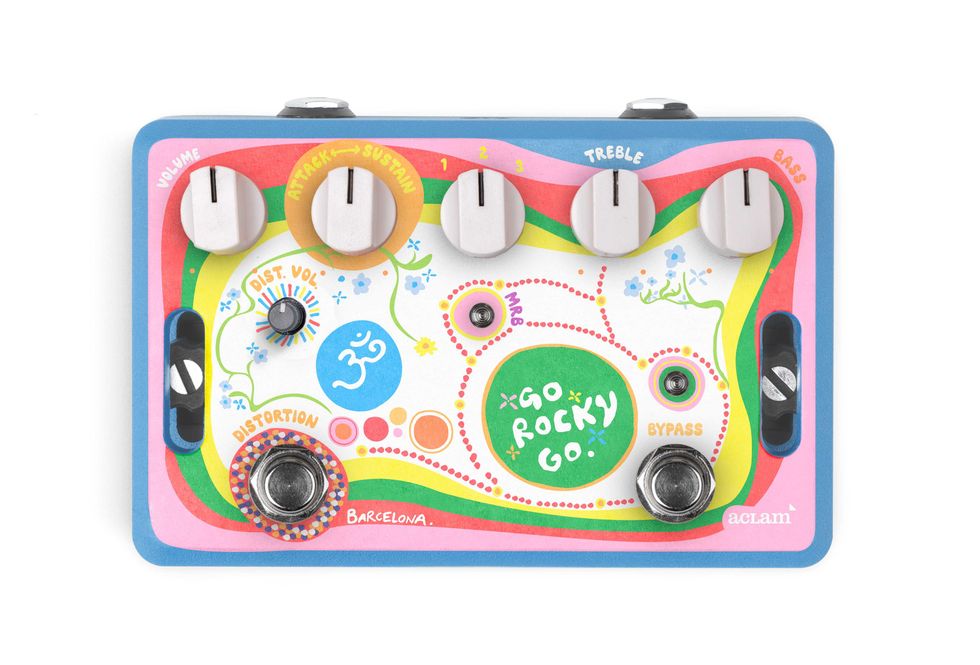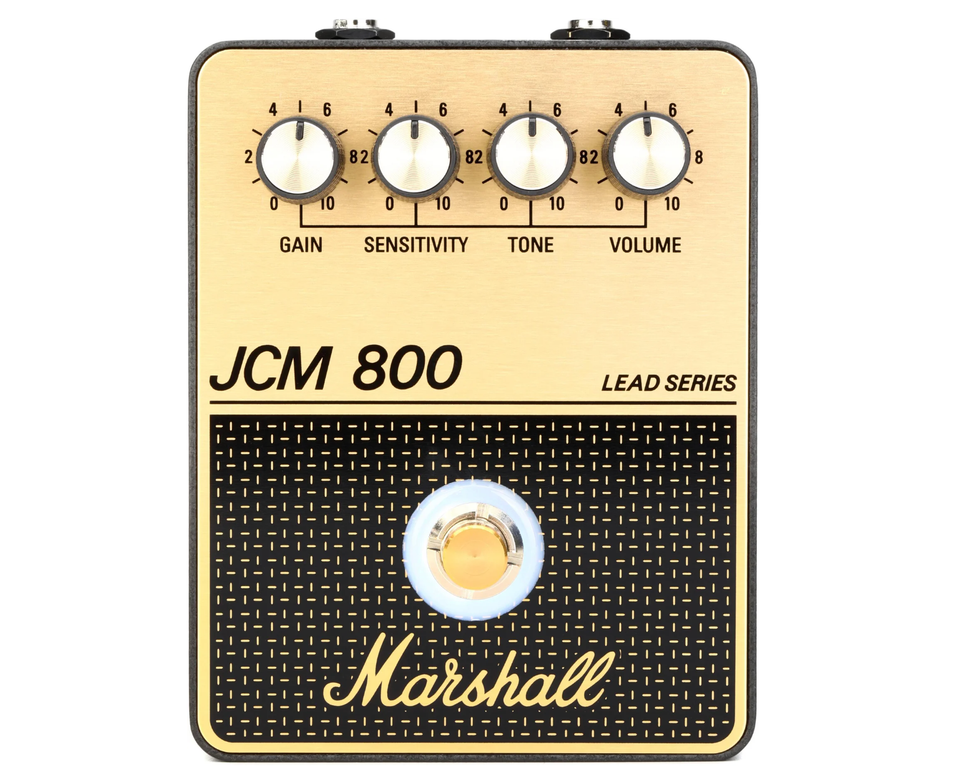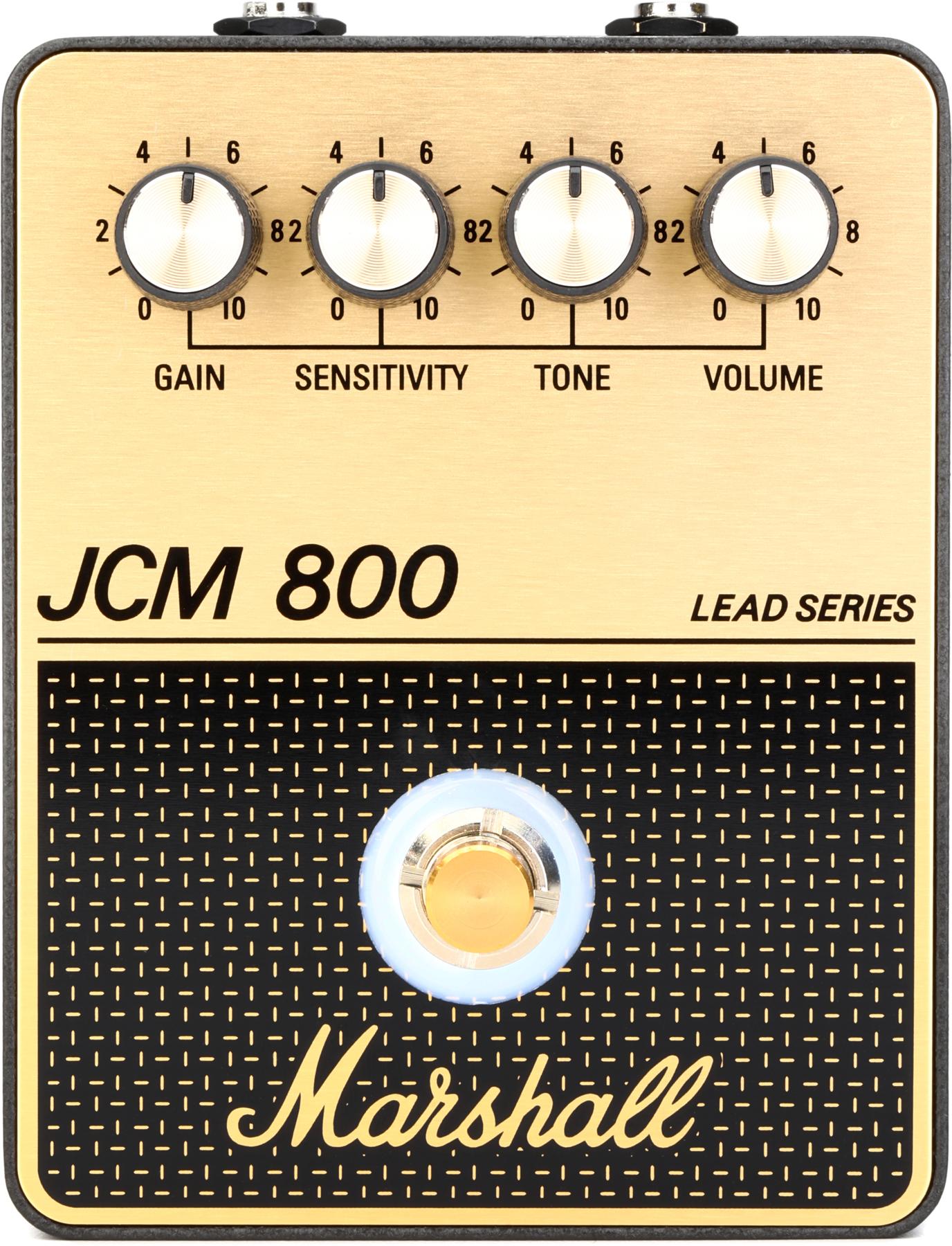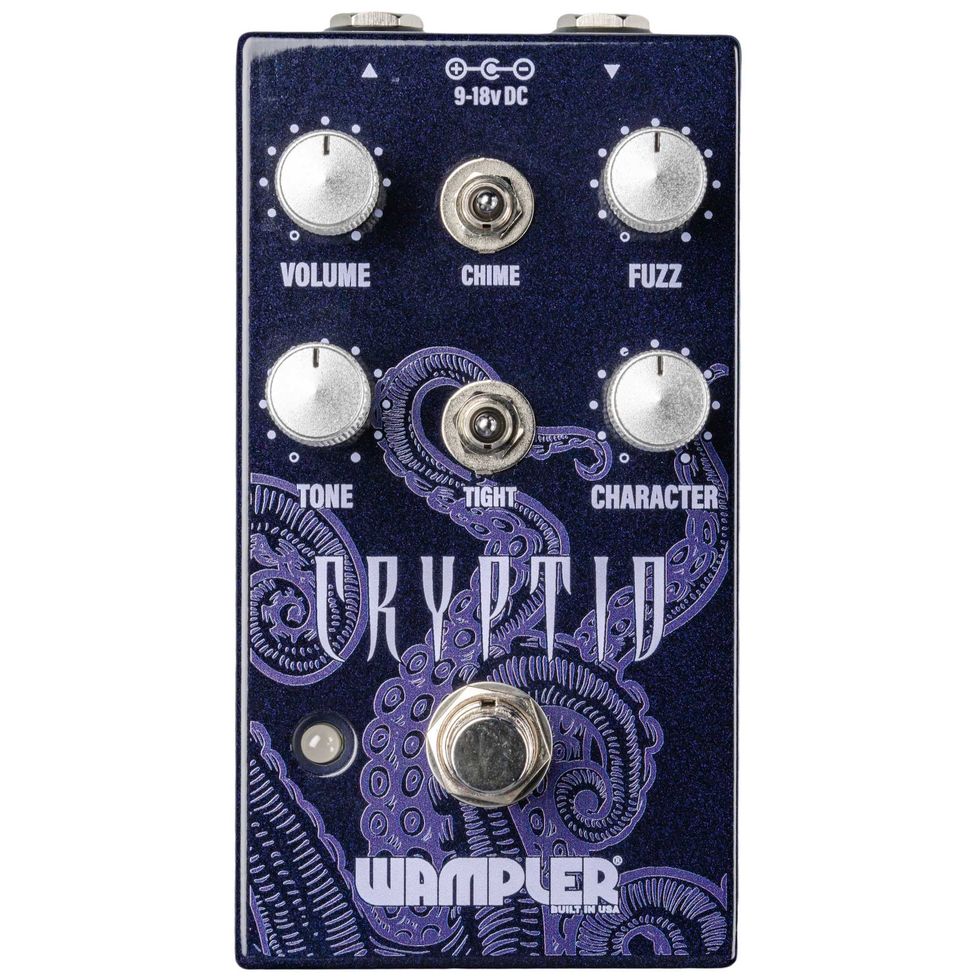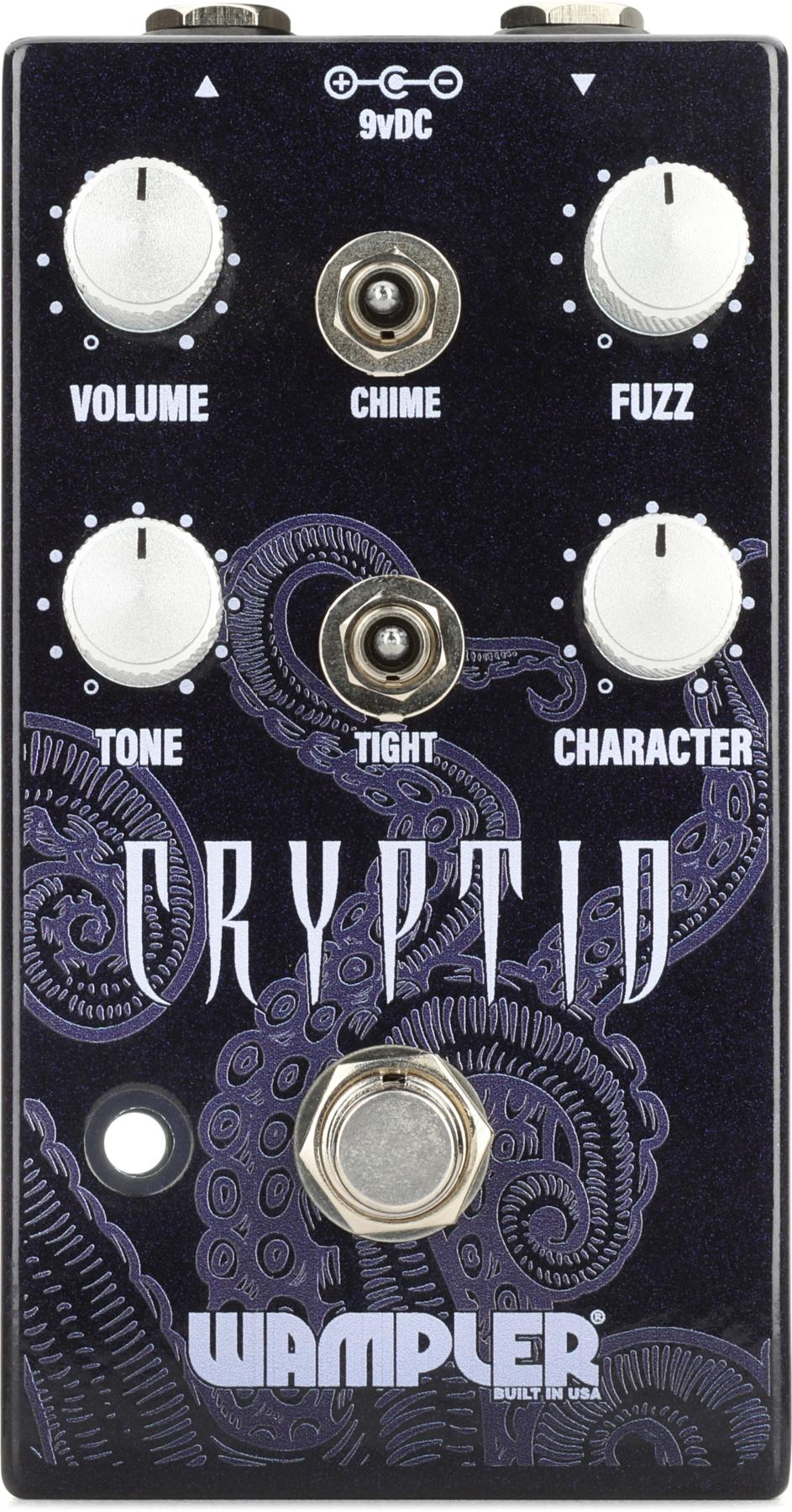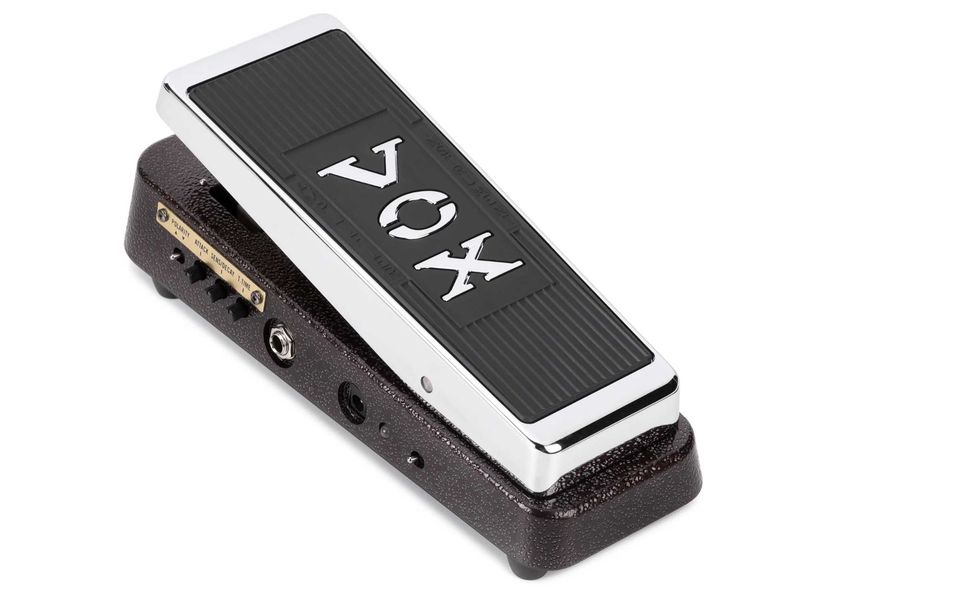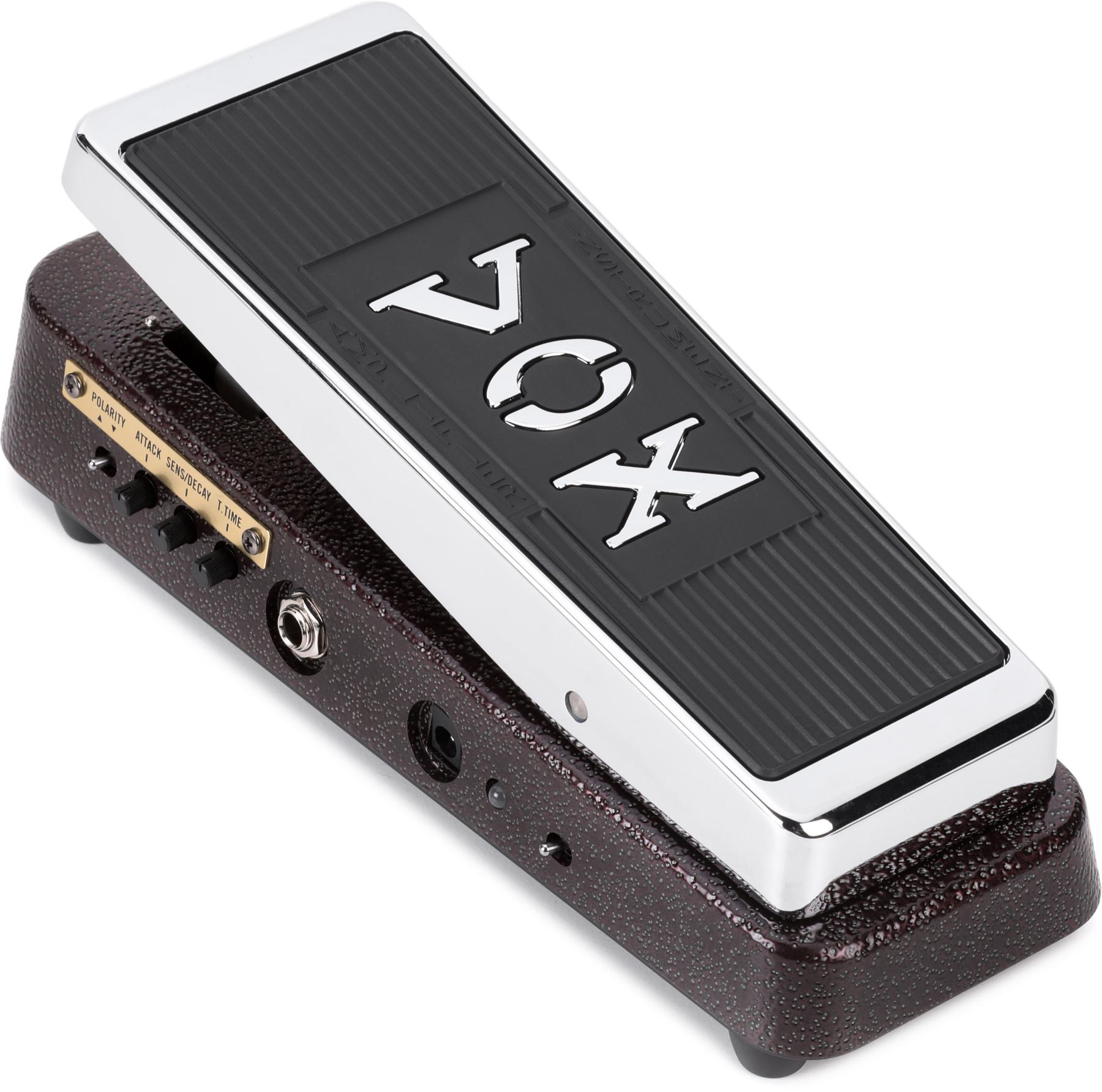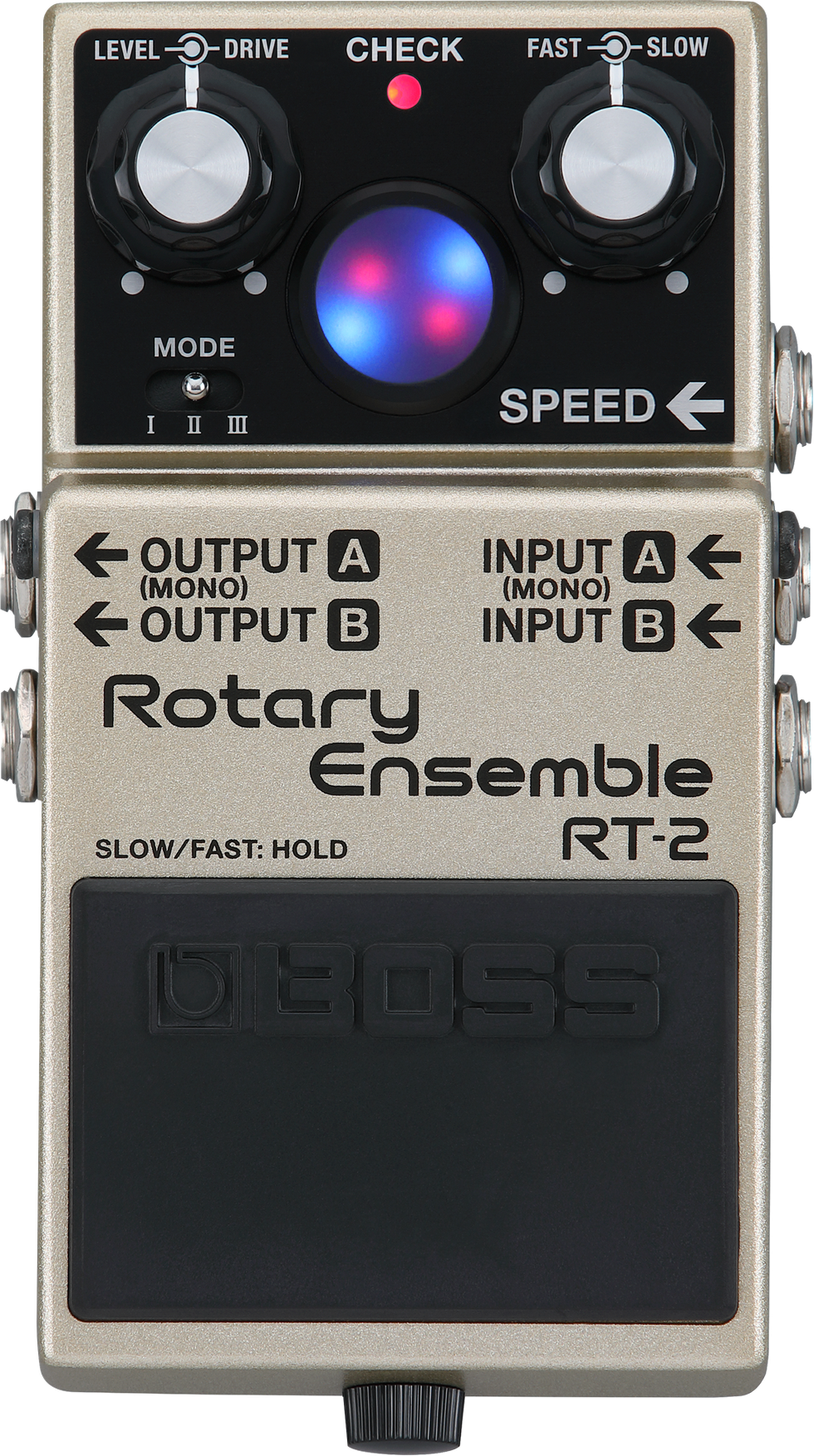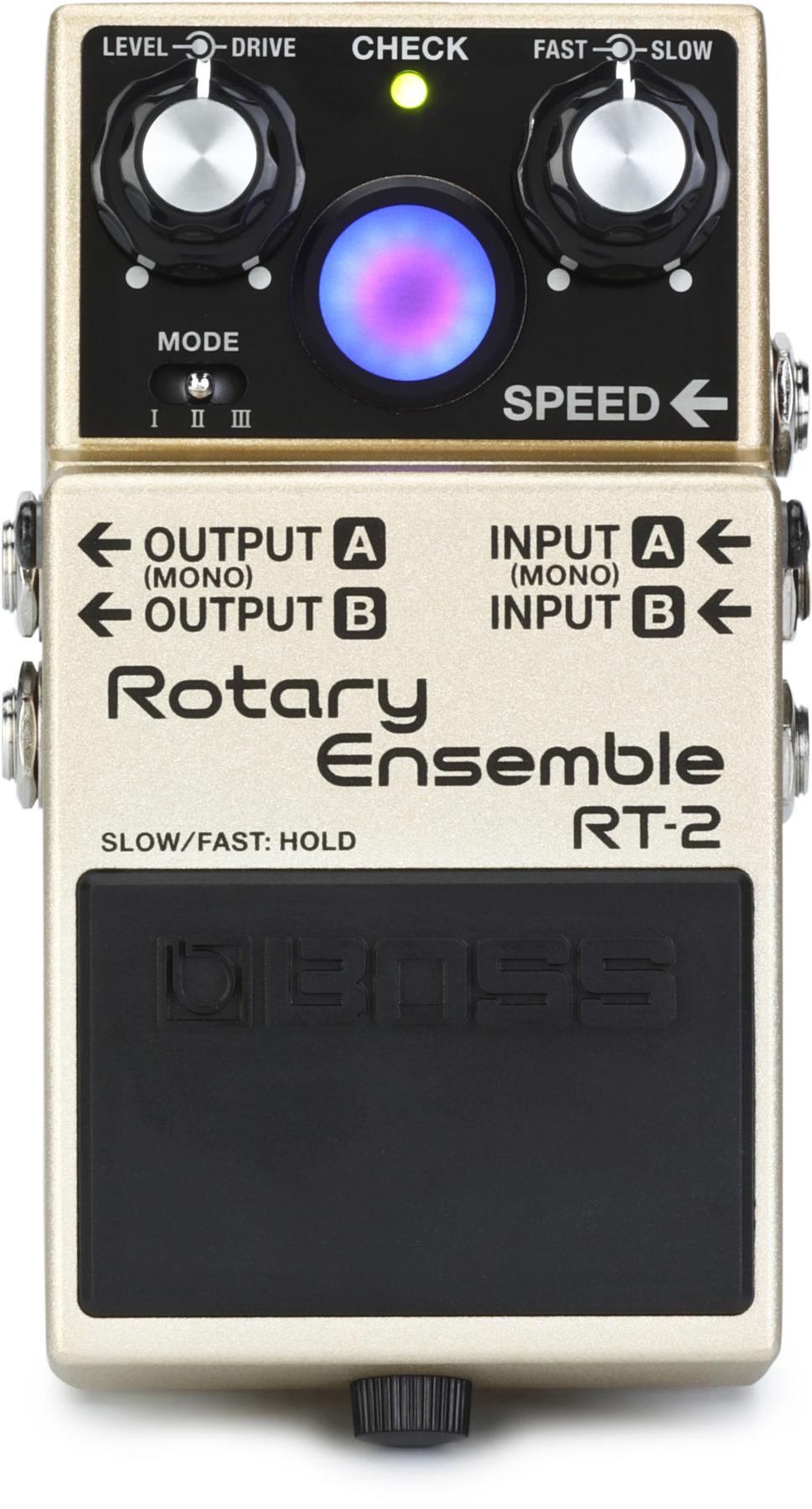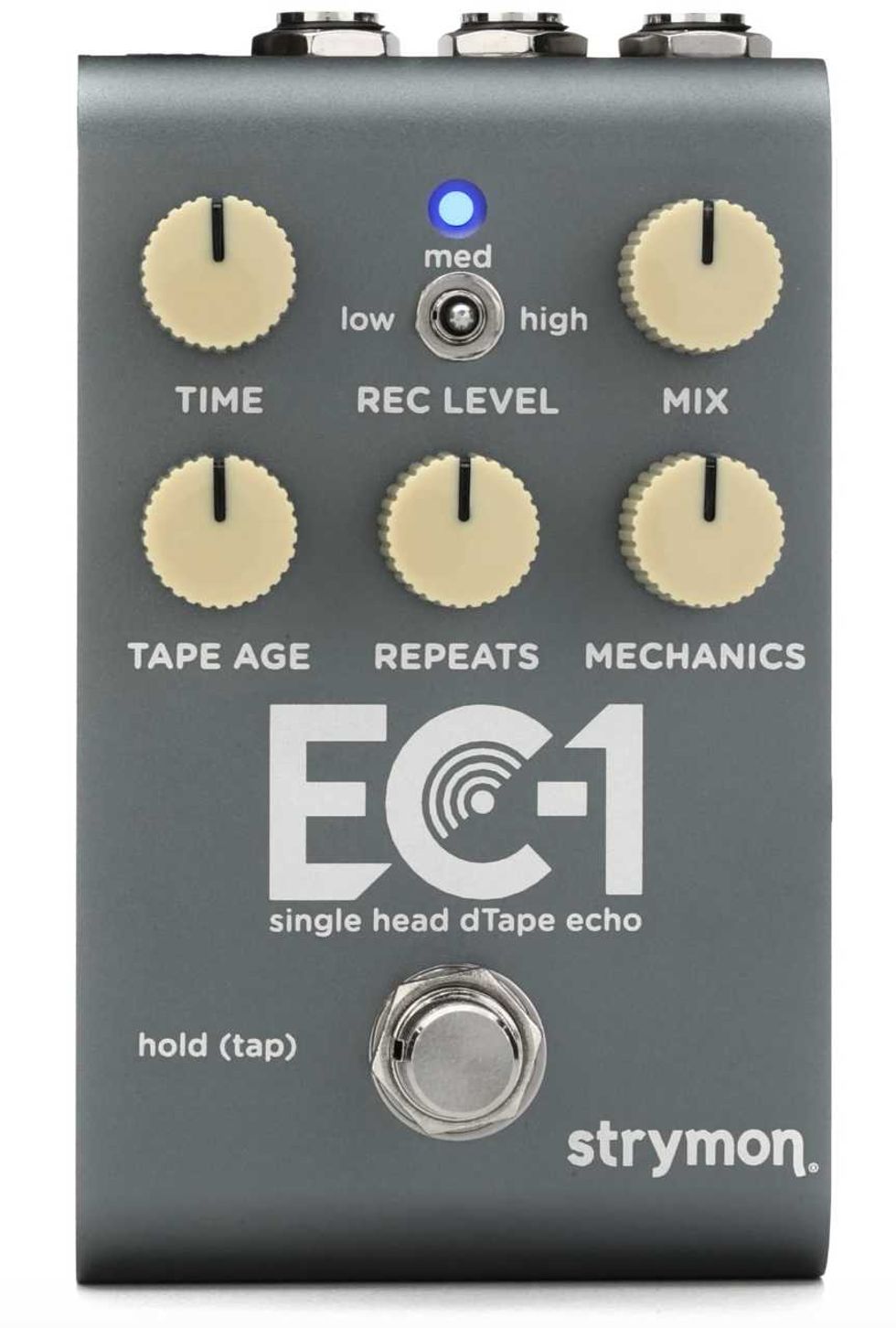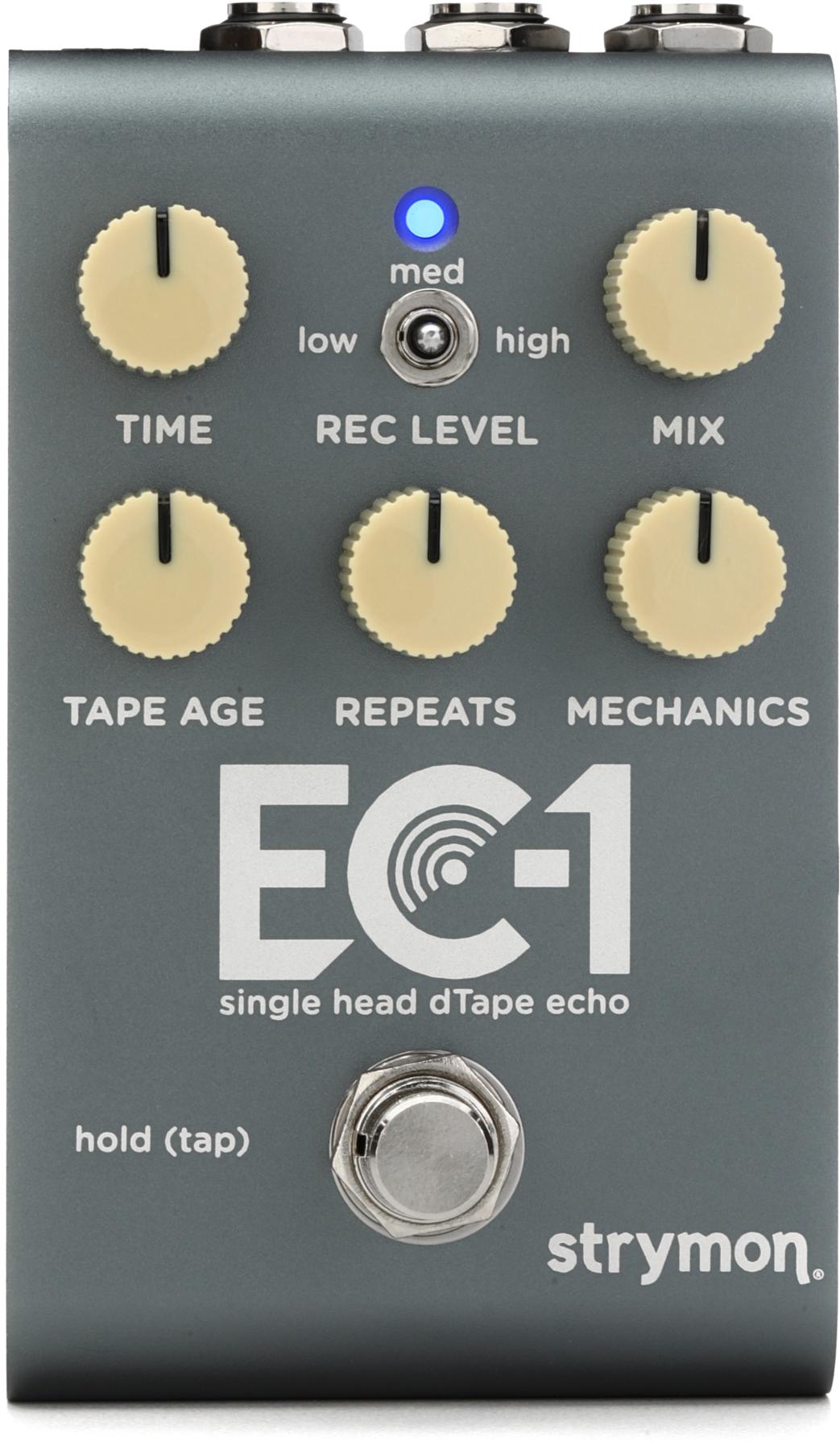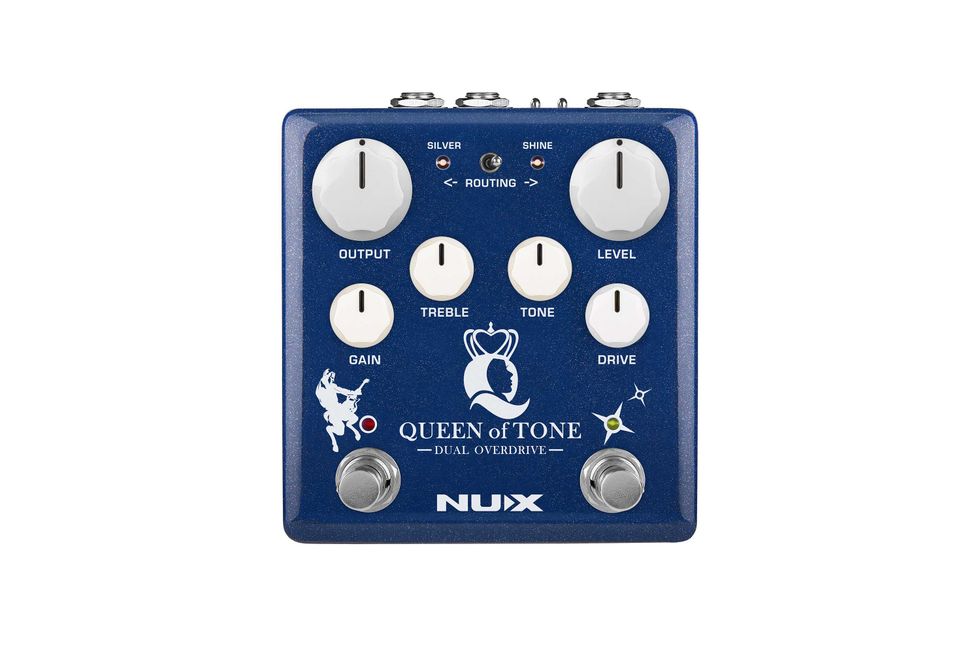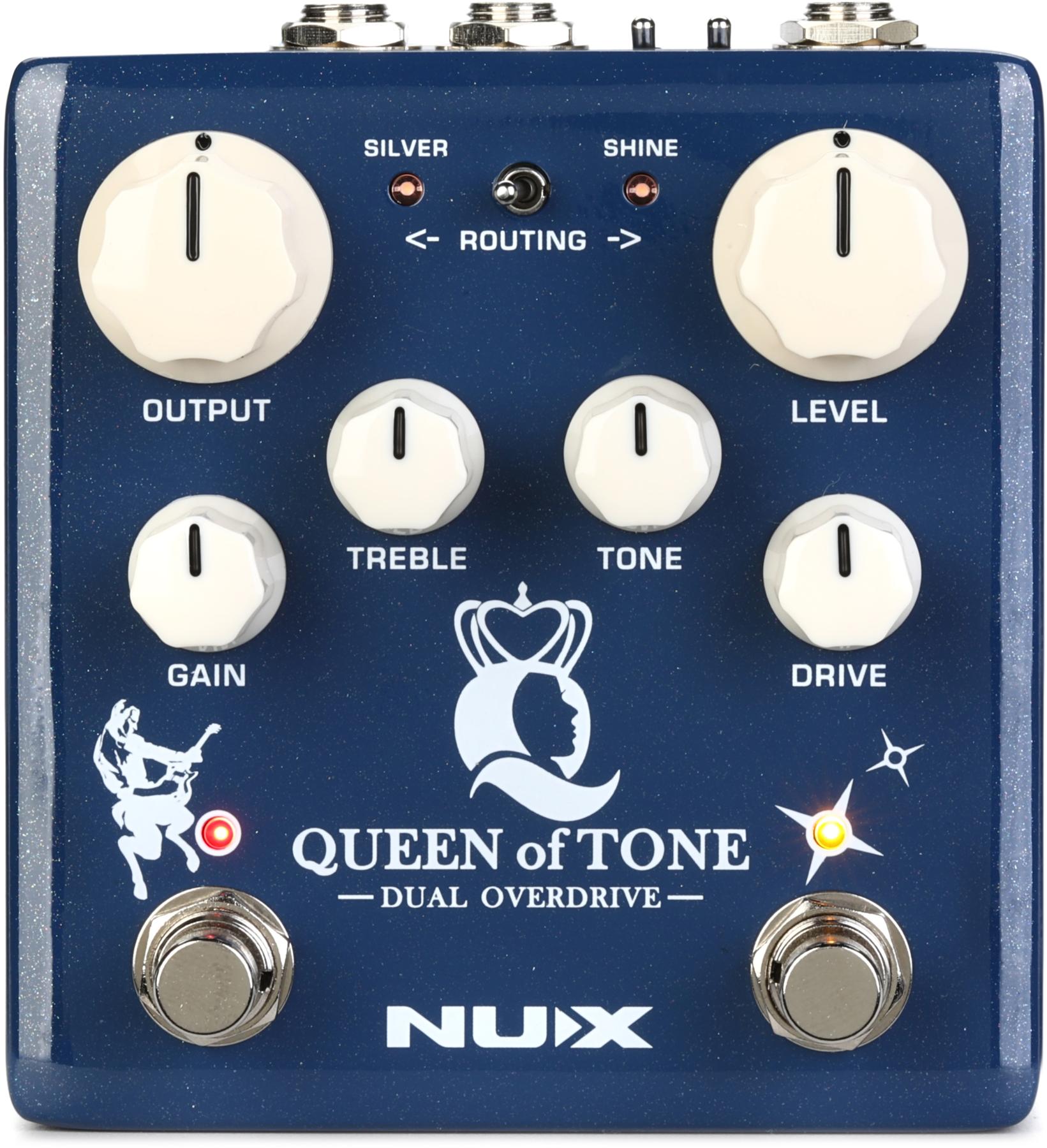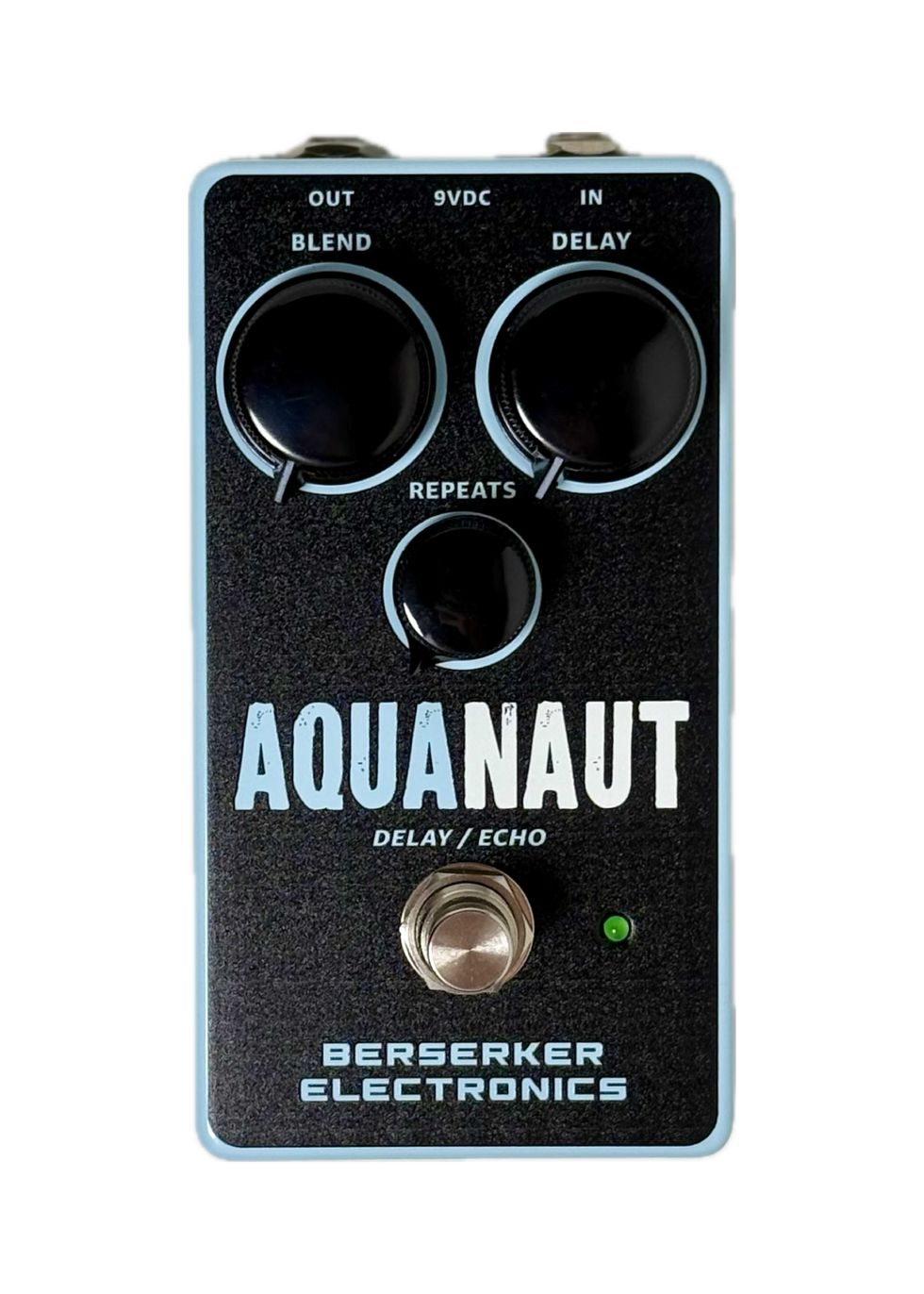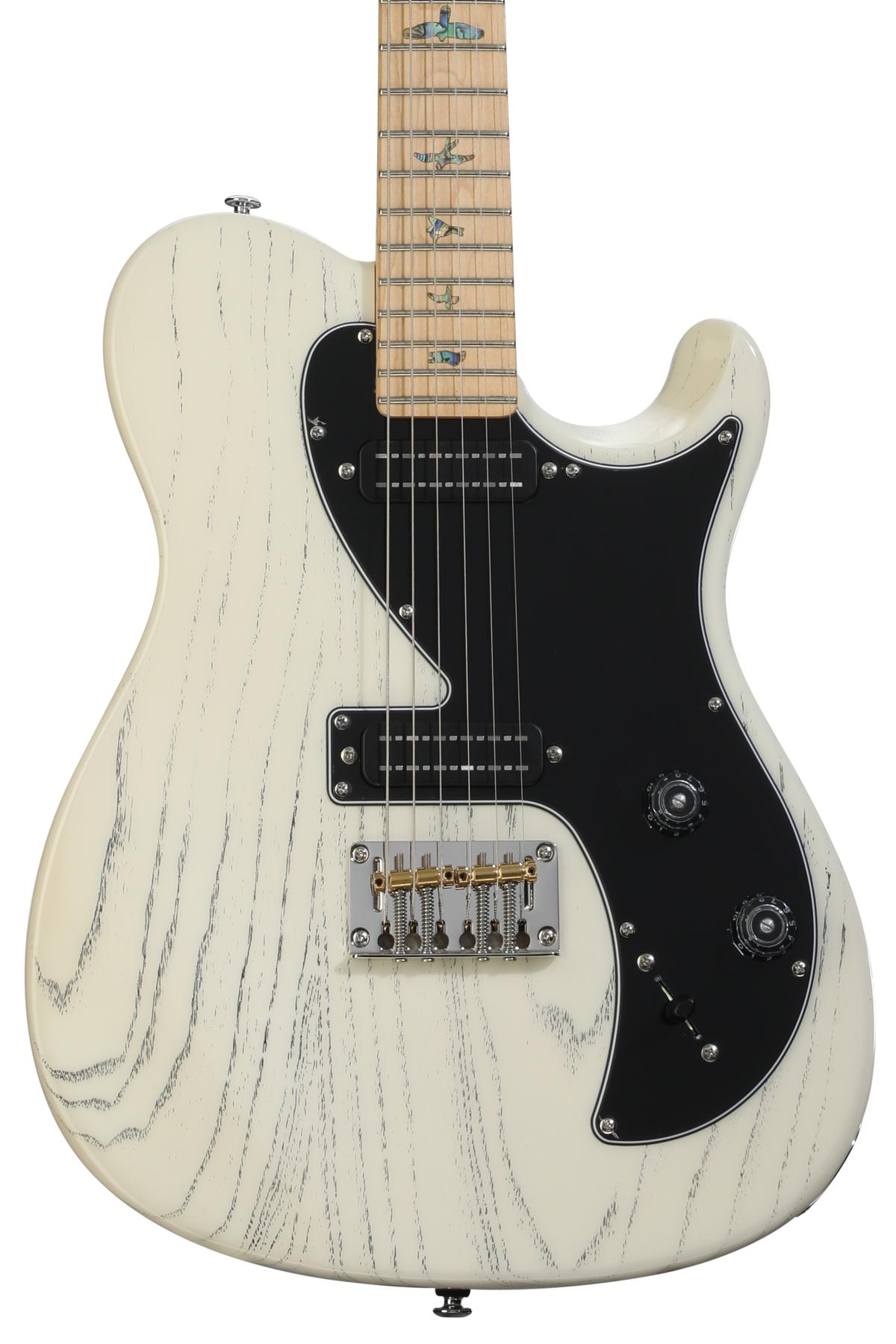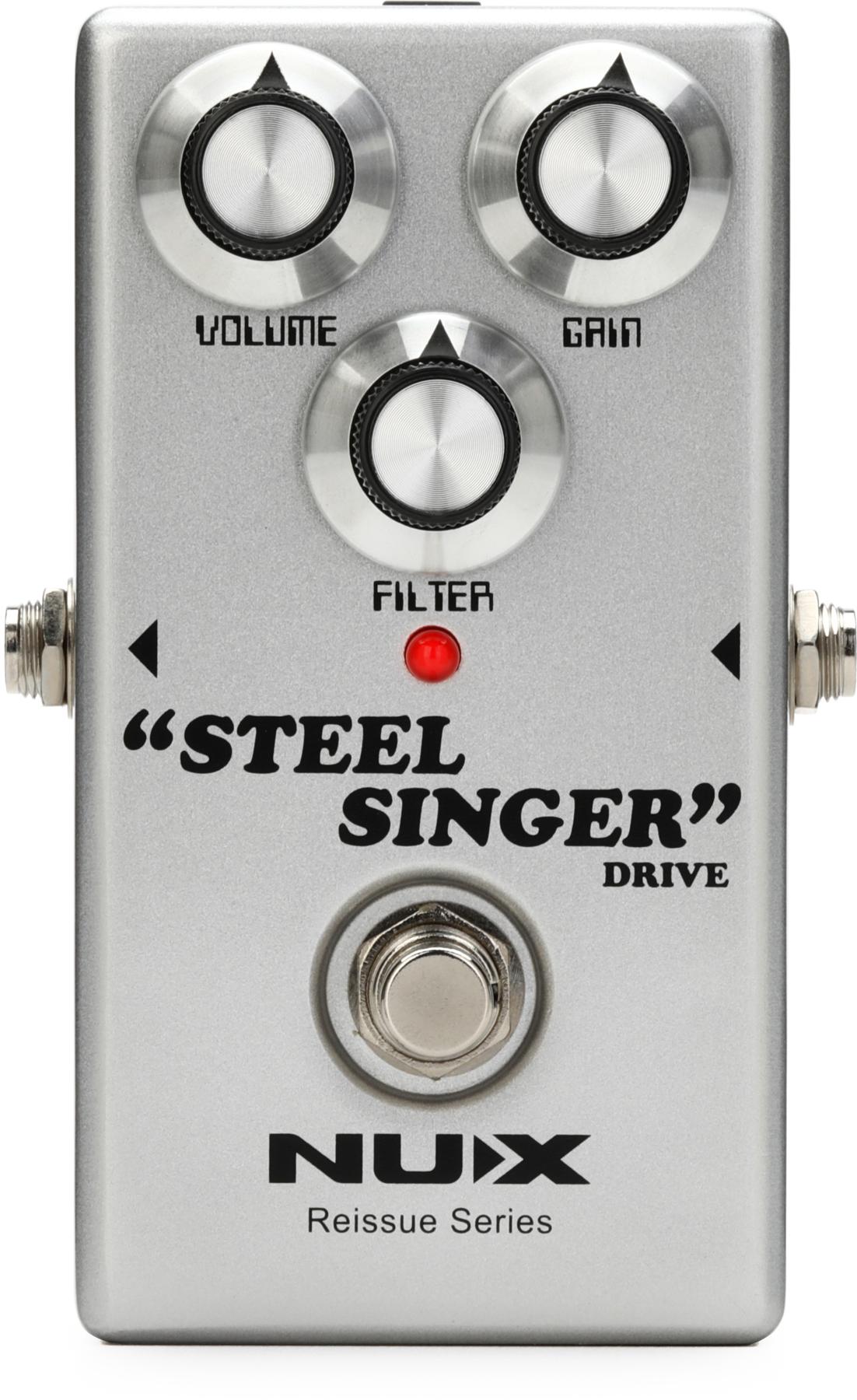Maybe every guitarist’s first pedal should be a looper. There are few more engaging ways to learn than playing along to your own ideas—or programmed rhythms, for that matter, which are a component of the new DigiTech JamMan Solo HD’s makeup. Beyond practicing, though, the Solo HD facilitates creation and fuels the rush that comes from instant composition and arrangement or jamming with a very like-minded partner in a two-man band.
Loopers can be complex enough to make beginners cry. They are fun if you have time to venture for whole weeks down a rabbit hole. But a looper that bridges the functionality and ease-of-use gap between the simplest and most maniacal ones can be a sweet spot for newbies and seasoned performers both. The JamMan Solo HD lives squarely in that zone. It also offers super-high sound quality and storage options, and capacity that would fit the needs of most pros—all in a stomp just millimeters larger than a Boss pedal.
Fast Out of the Blocks
Assuming you’ve used some kind of rudimentary looper before, there’s pretty decent odds you’ll sort out the basic functionality of this one with a couple of exploratory clicks of the footswitch. That’s unless you’ve failed to turn down the rhythm-level knob, in which case you’ll be scrambling for the quick start guide to figure out why there is a drum machine blaring from your amp. The Solo HD comes loaded with rhythm tracks that are actually really fun to use and invaluable for practice. In the course of casually exploring these, I found them engaging and vibey enough to be lured into crafting expansive dub reggae jams, thrashing punk riffs, and lo-fi cumbias. Removing these tracks from a given loop is just a matter of turning the rhythm volume to zero. You can also create your own guide rhythms with various percussion sounds.
Backing tracks aside, creating loops on the Solo HD involves a common single-click-to-record, double-click-to-stop footswitch sequence. Recording an overdub takes another single click, and you hold the footswitch down to erase a loop. Storing a loop requires a simple press-and-hold of the store switch. The sizable latching footswitch, which looks and feels quite like those on Boss pedals, is forgiving and accurate. This has always been a strength of JamMan loopers, and though I’m not completely certain why, it means I screw up the timing of my loops a lot less.
Many players will be satisfied with how easy this functionality is and explore little more of the Solo HD’s capabilities. And why not? The storage capacity—up to 35 minutes of loops and 10 minutes for individual loops—is enough that you can craft a minor prog-rock suite from these humble beginnings. Depending on how economical your loops are, you can use all or most of the 200 available memory locations built into the Solo HD. But you can also add another 200 with an SD/SDHC card.Deeper into Dubs
Loopers have always been more than performance and practice tools for me. I have old multitrack demos that still live in the memory banks of my oldest loopers. And just as with any demos, the sounds you create with the Solo HD may be tough to top or duplicate, which can mean a loop becomes the foundation of a whole recorded song. The Solo HD’s tempo and reverse features, which can completely mutate a loop, make this situation even more likely. The tempo function raises or lowers the BPM without changing the pitch of the loop. As a practice tool, this is invaluable for learning a solo at a slower clip. But drastically altered tempos can also help create entirely new moods for a musical passage without altering a favorite key to sing or play in. Some of these alterations reveal riffs and hooks within riffs and hooks, from which I would happily build a whole finished work. The reverse function is similarly inspiring and a source of unusual textures that can be the foundation for a more complex piece.
HD, of course, stands for high definition. And the Solo HD’s capacity for accurate, dense, and detail-rich stacks of loops means you can build complex musical weaves highlighting the interaction between overtones or timbre differences among other effects in your chain. I can’t remember the last time I felt like a looper’s audio resolution was really lacking. But the improved quality here lends itself to using the Solo HD as a song-arranging tool—and, again, as a recording asset, if you want a looped idea to form the backbone of a recording.
The Verdict
With a looper, smooth workflow is everything. And though it takes practice and some concentration in the early going to extract the most from the Solo HD’s substantial feature set, it is, ultimately, a very intuitive instrument that will not just smooth the use of loops in performance, but extend and enhance its ability as a right-brain-oriented driver of composition and creation.




